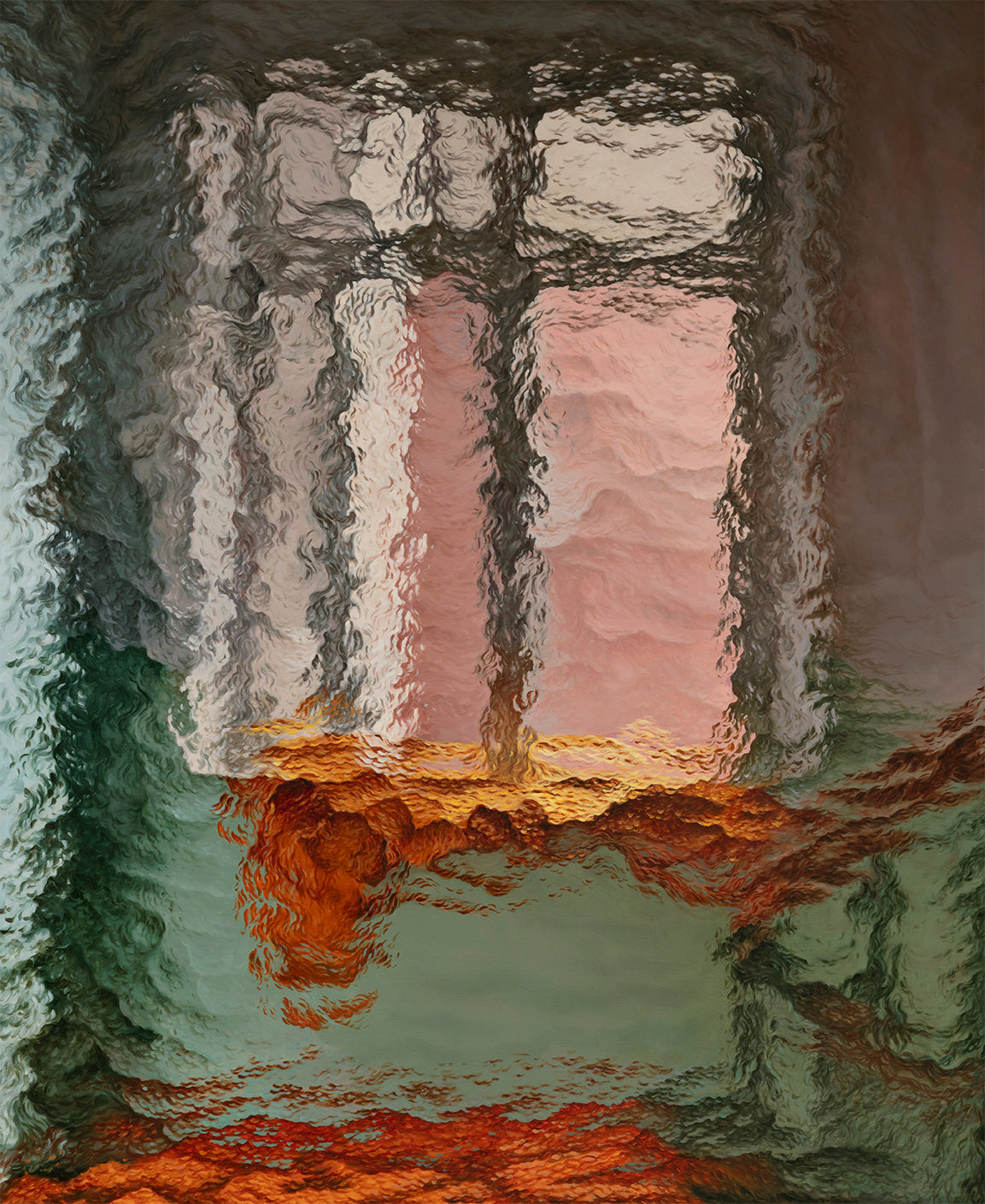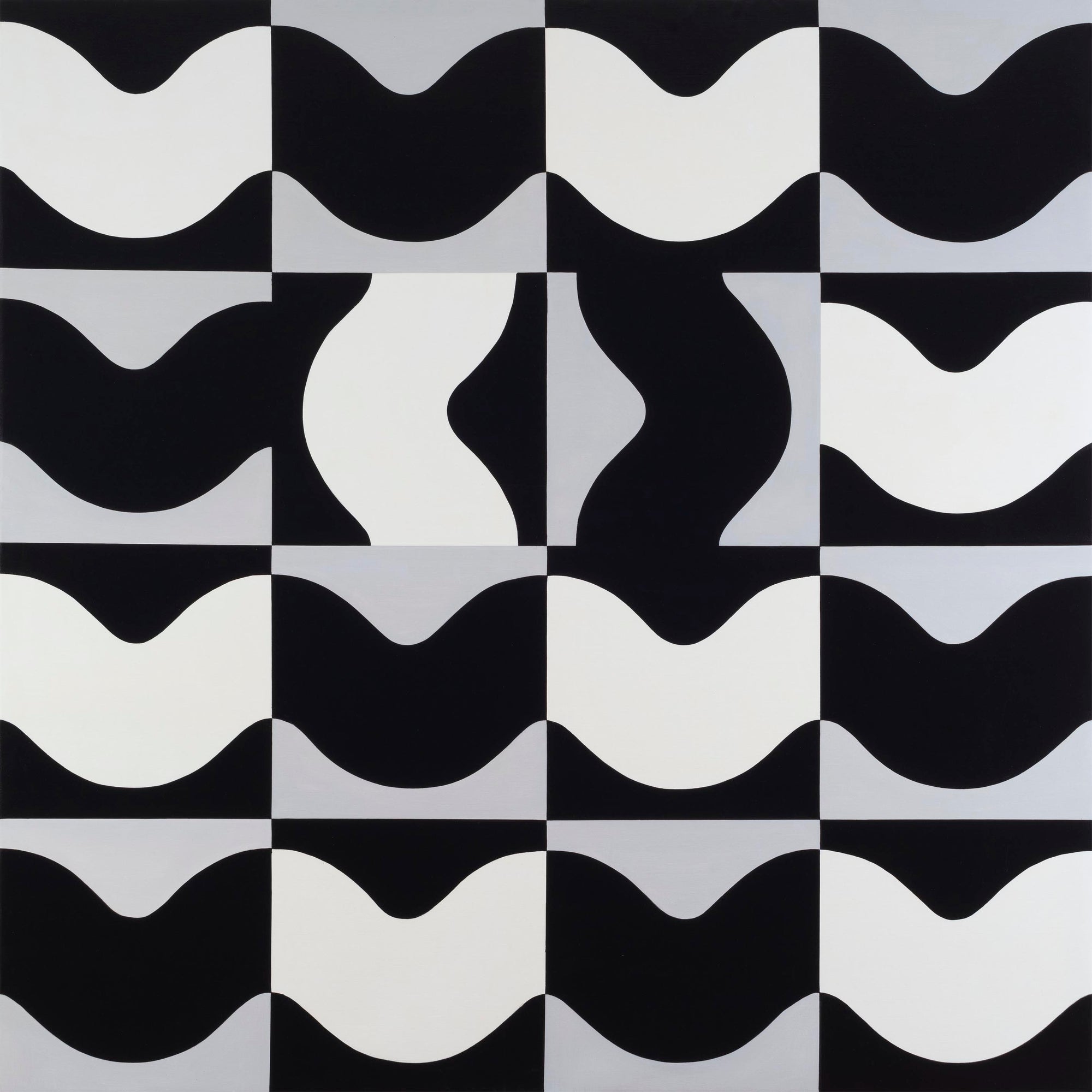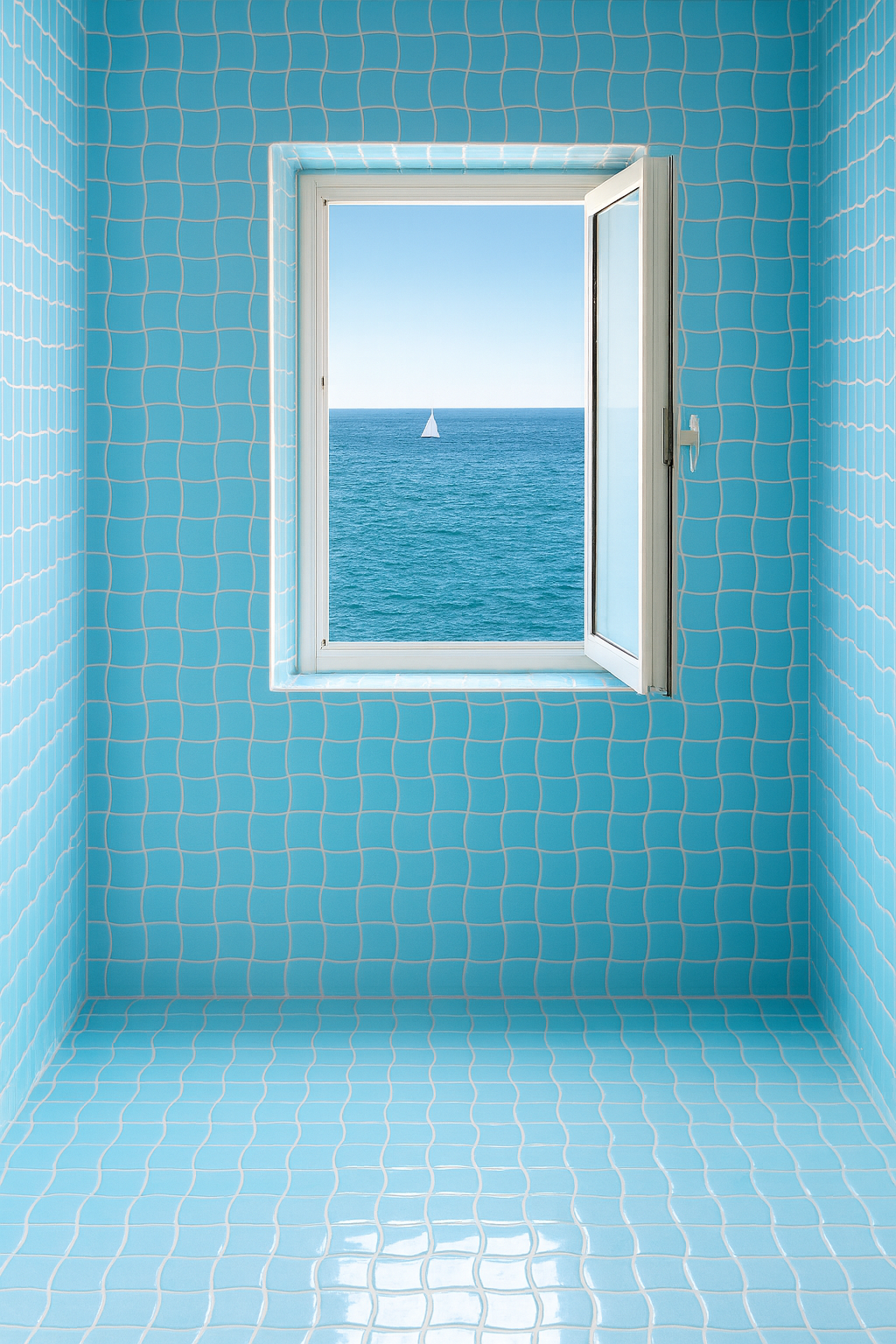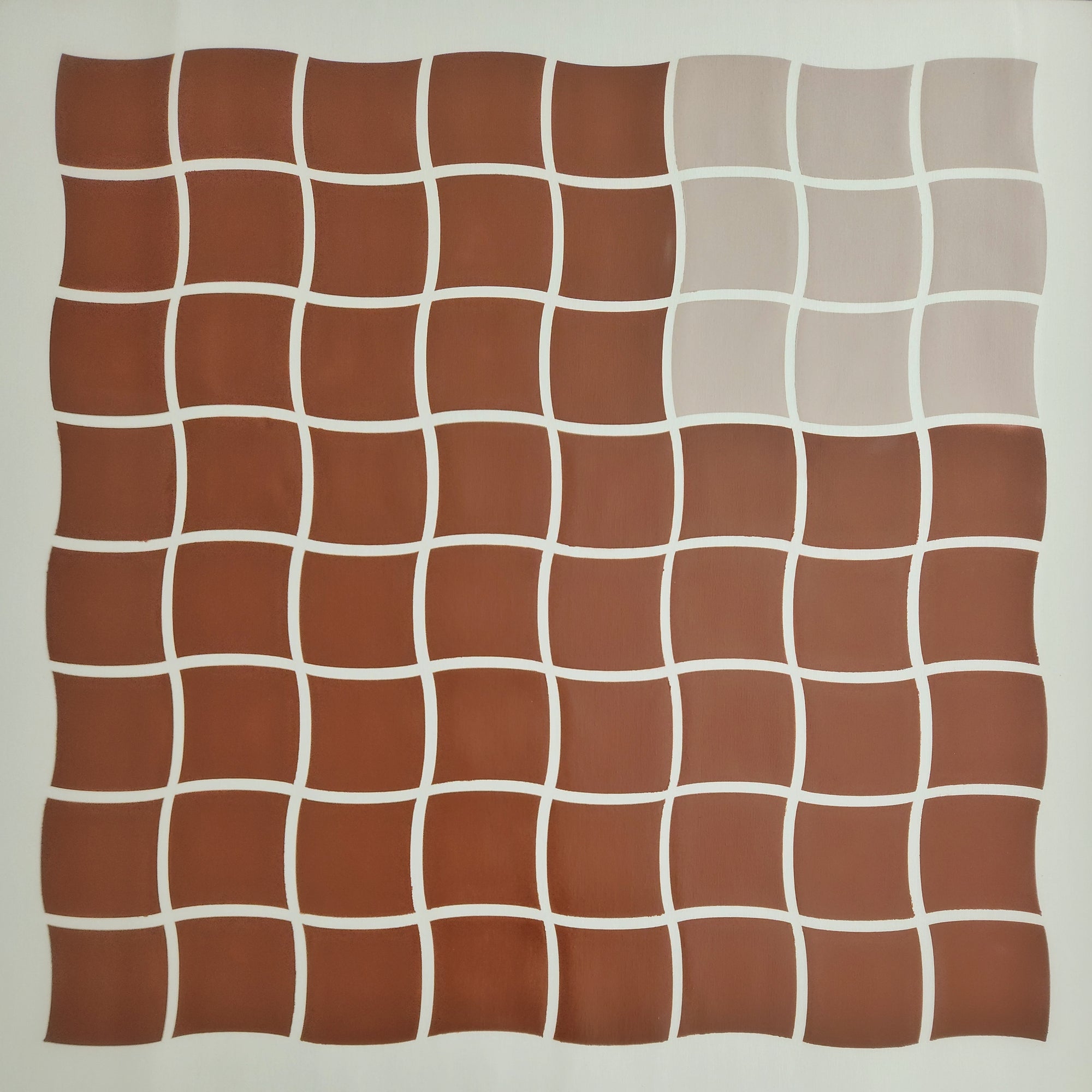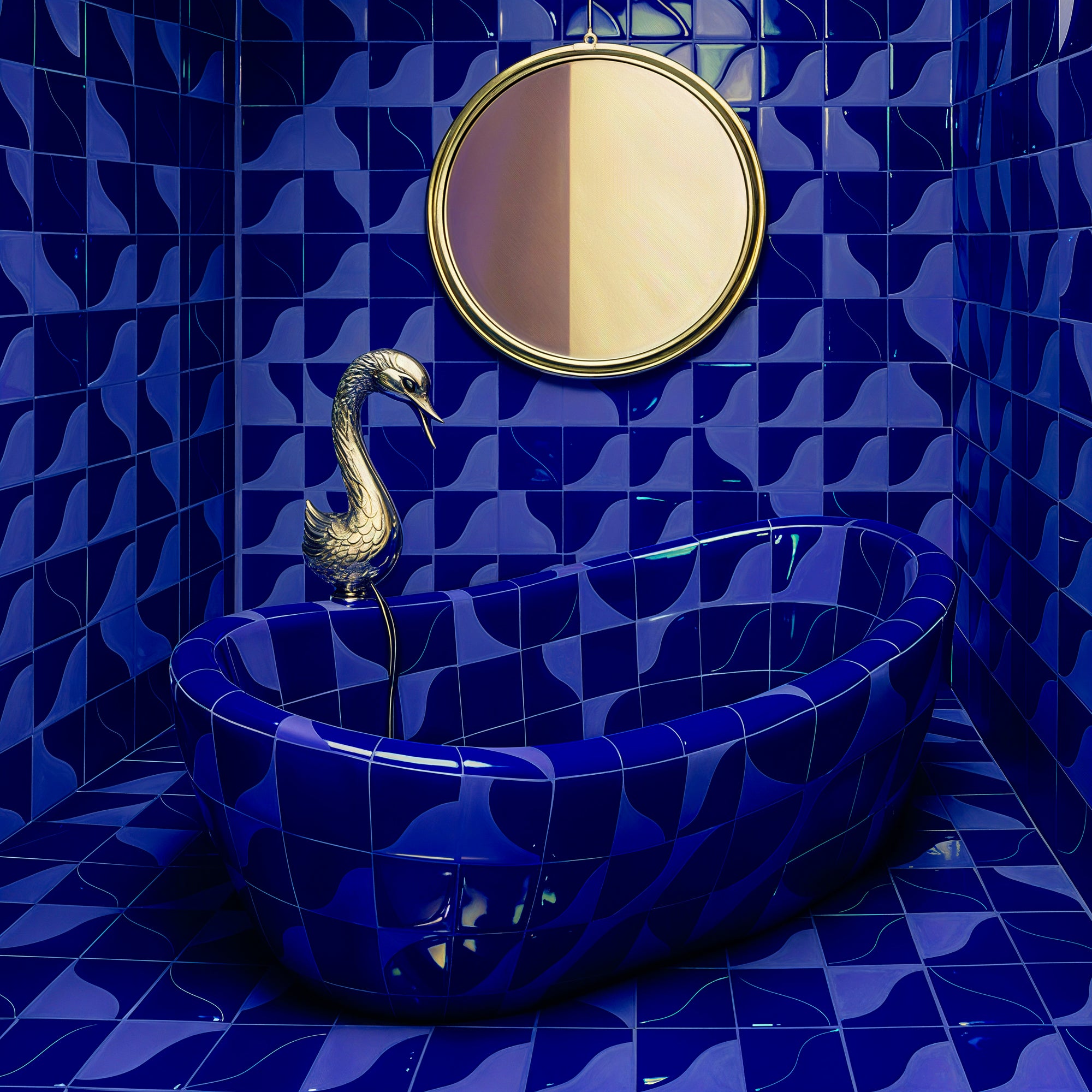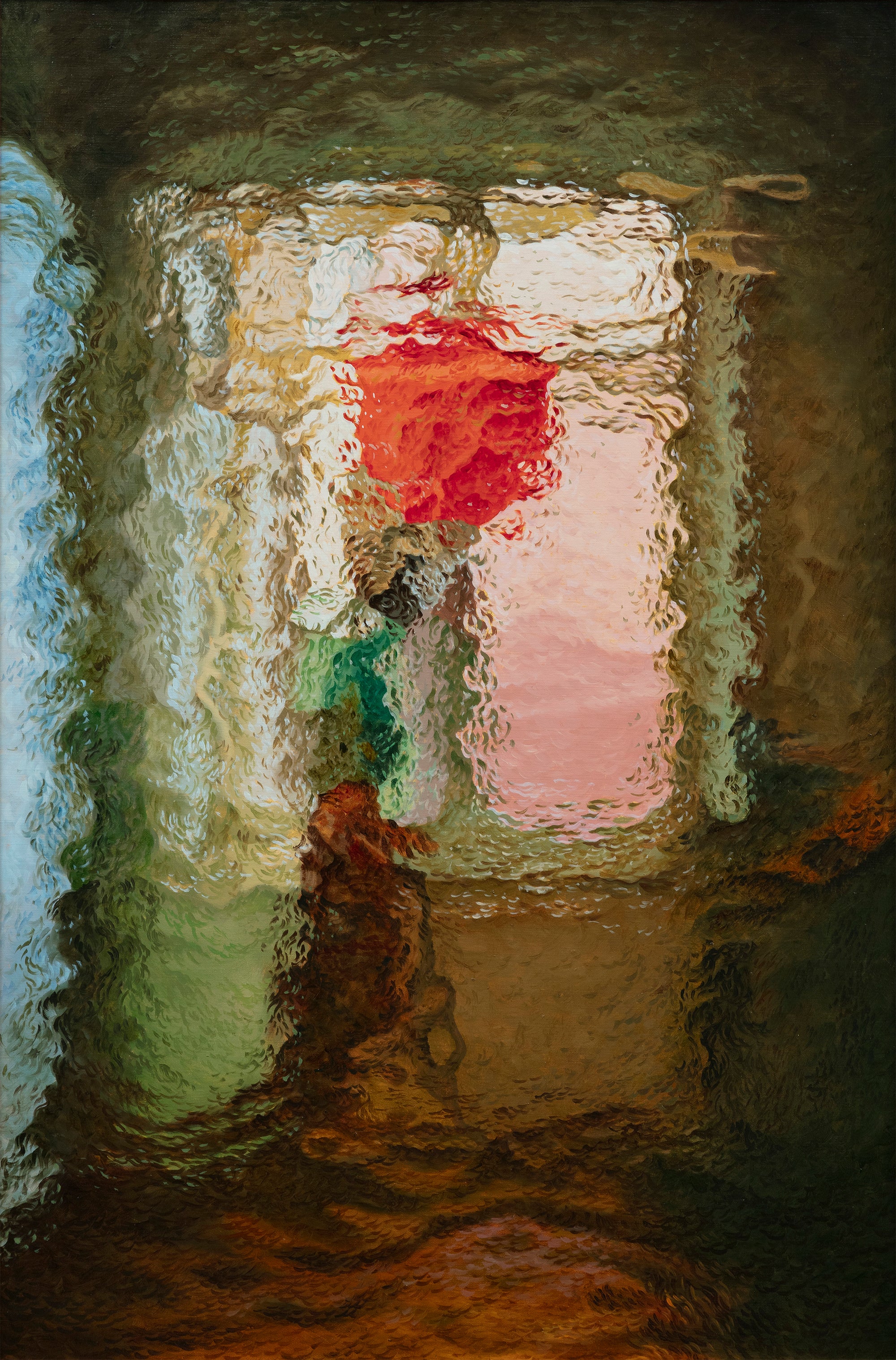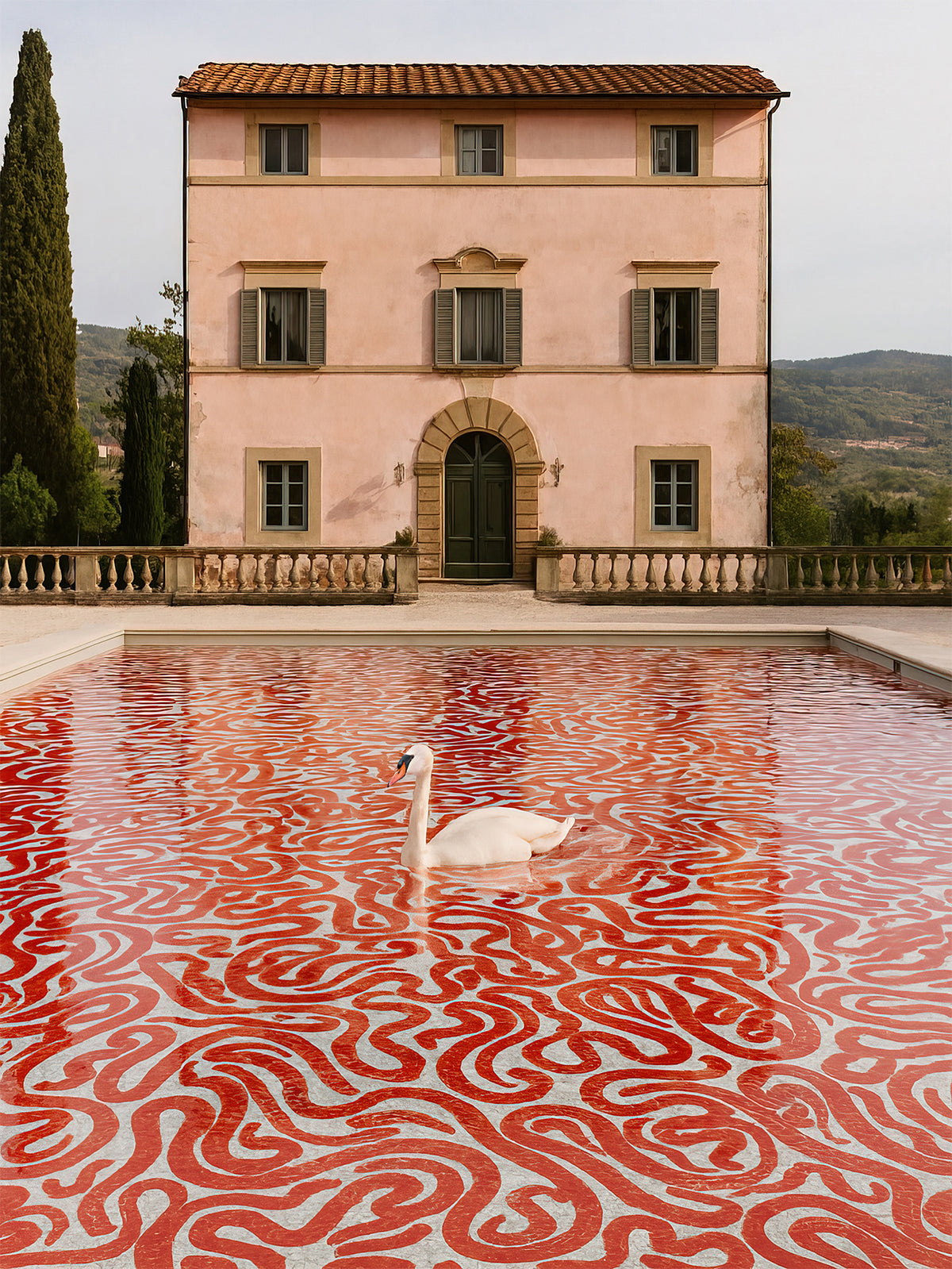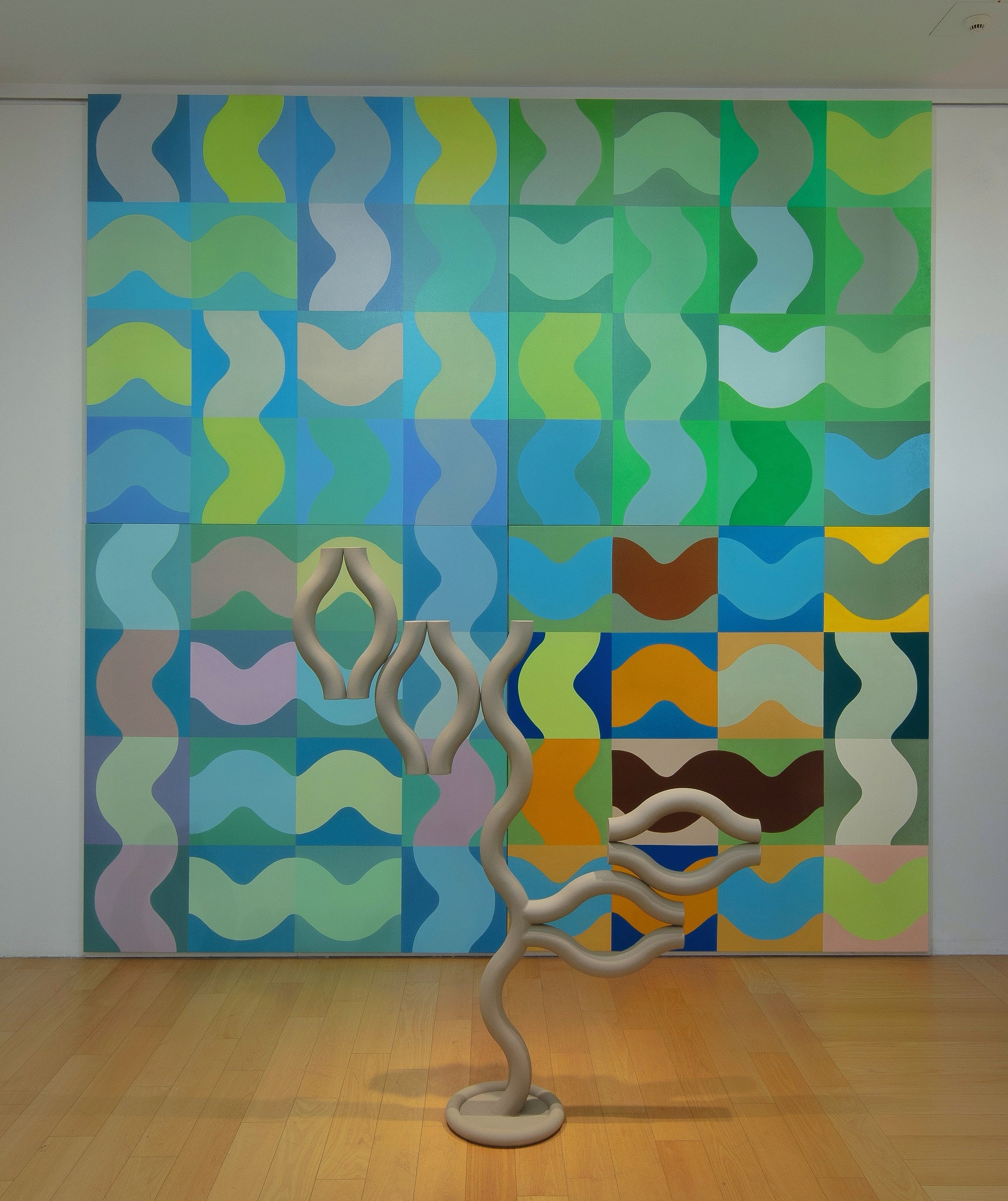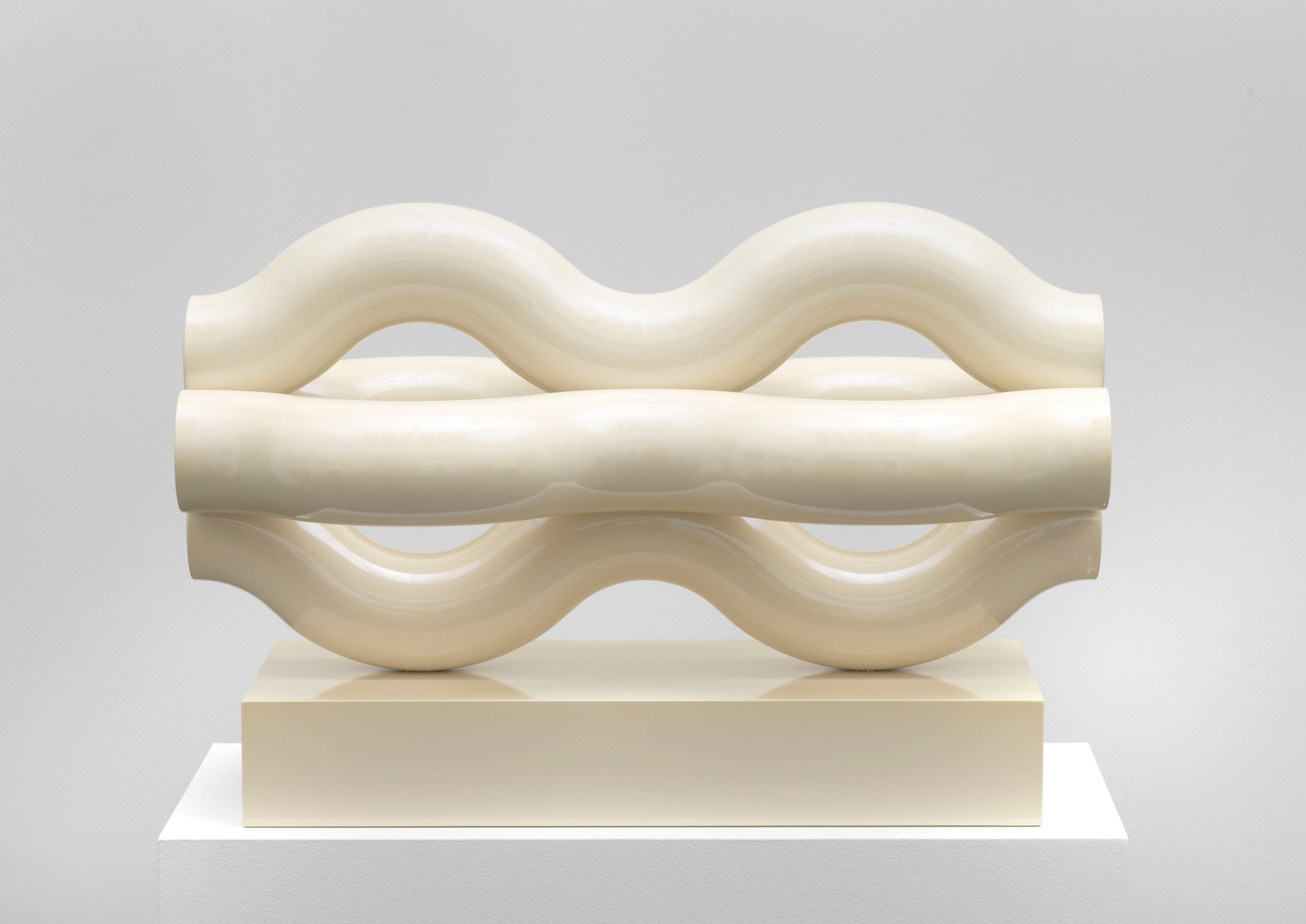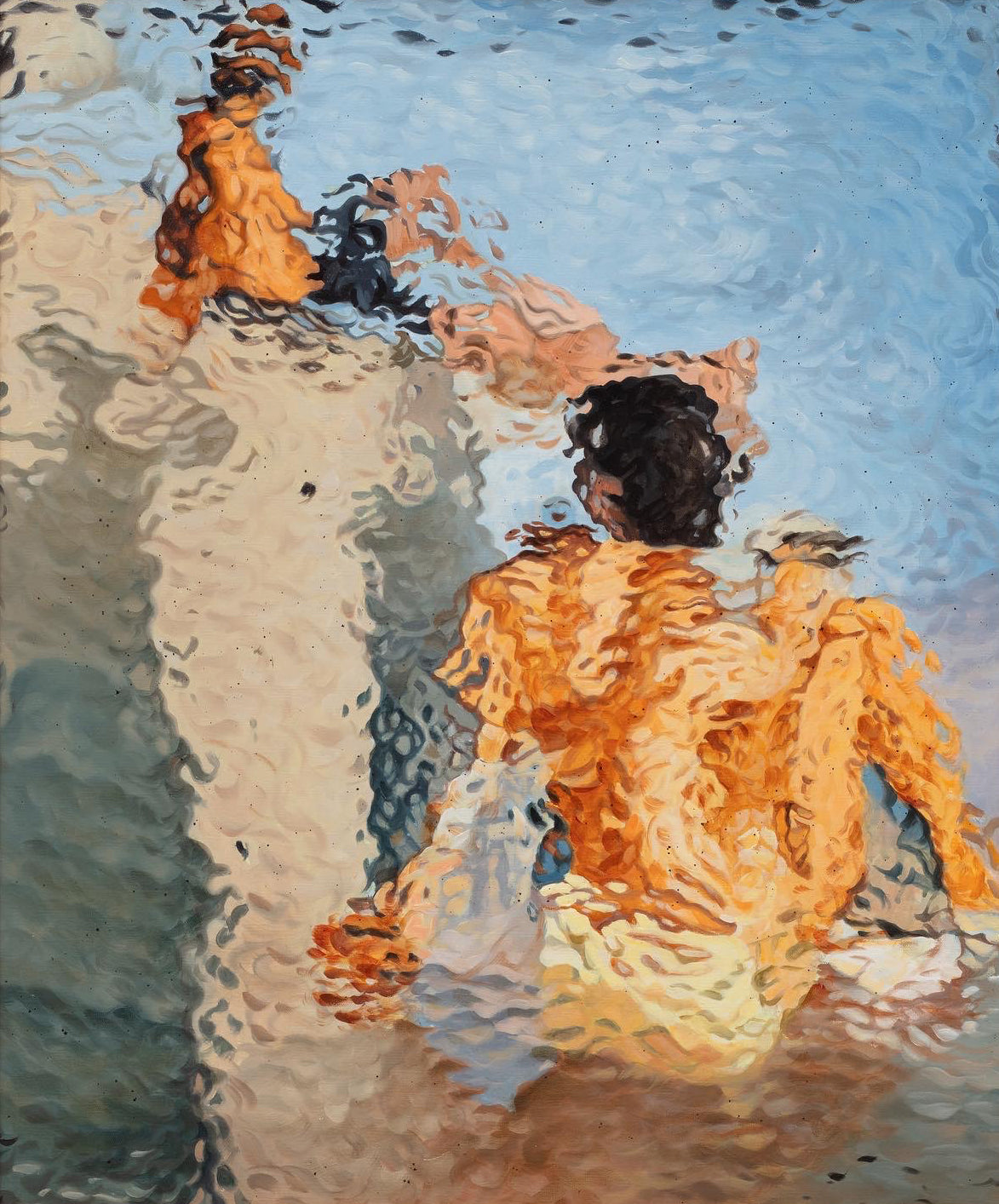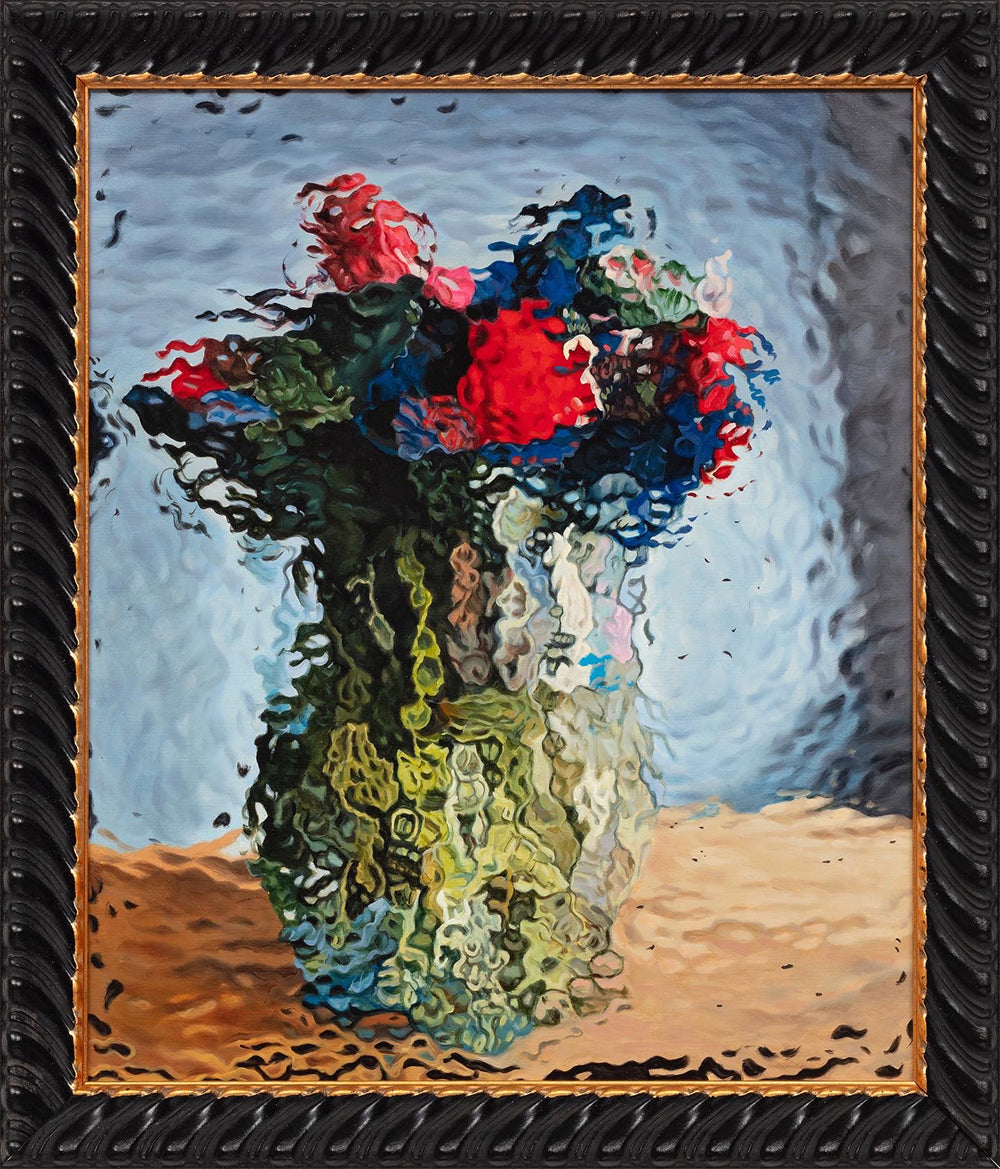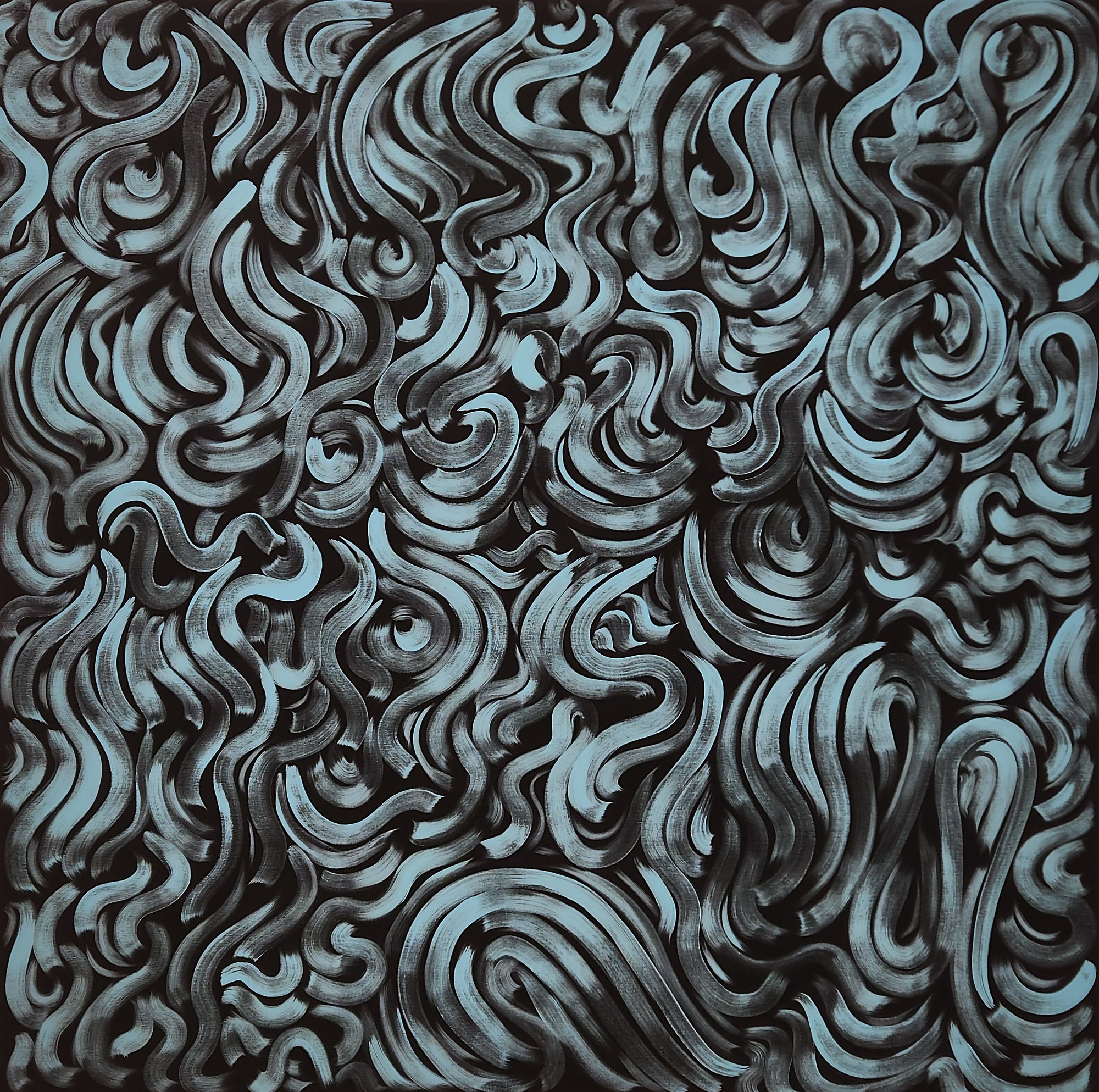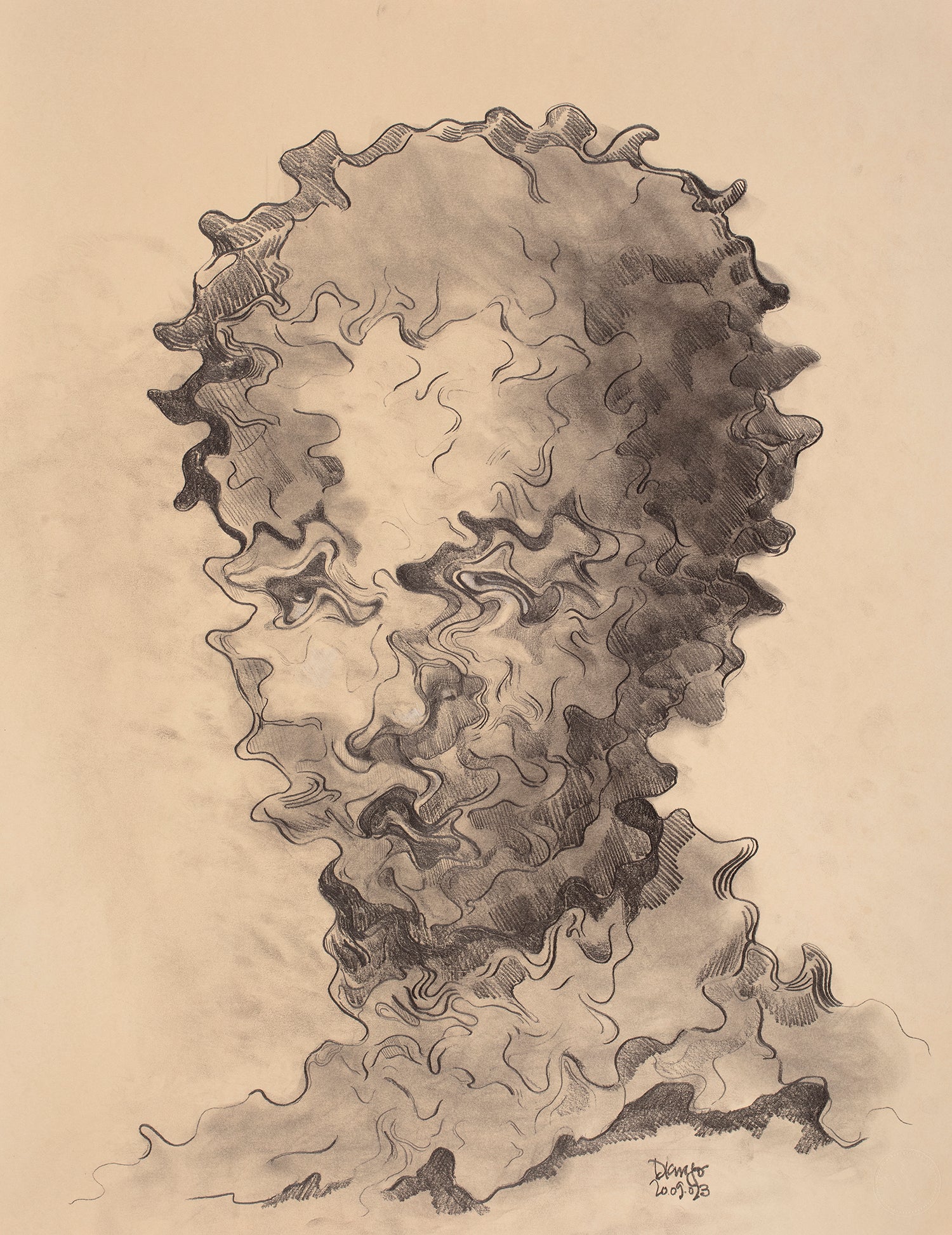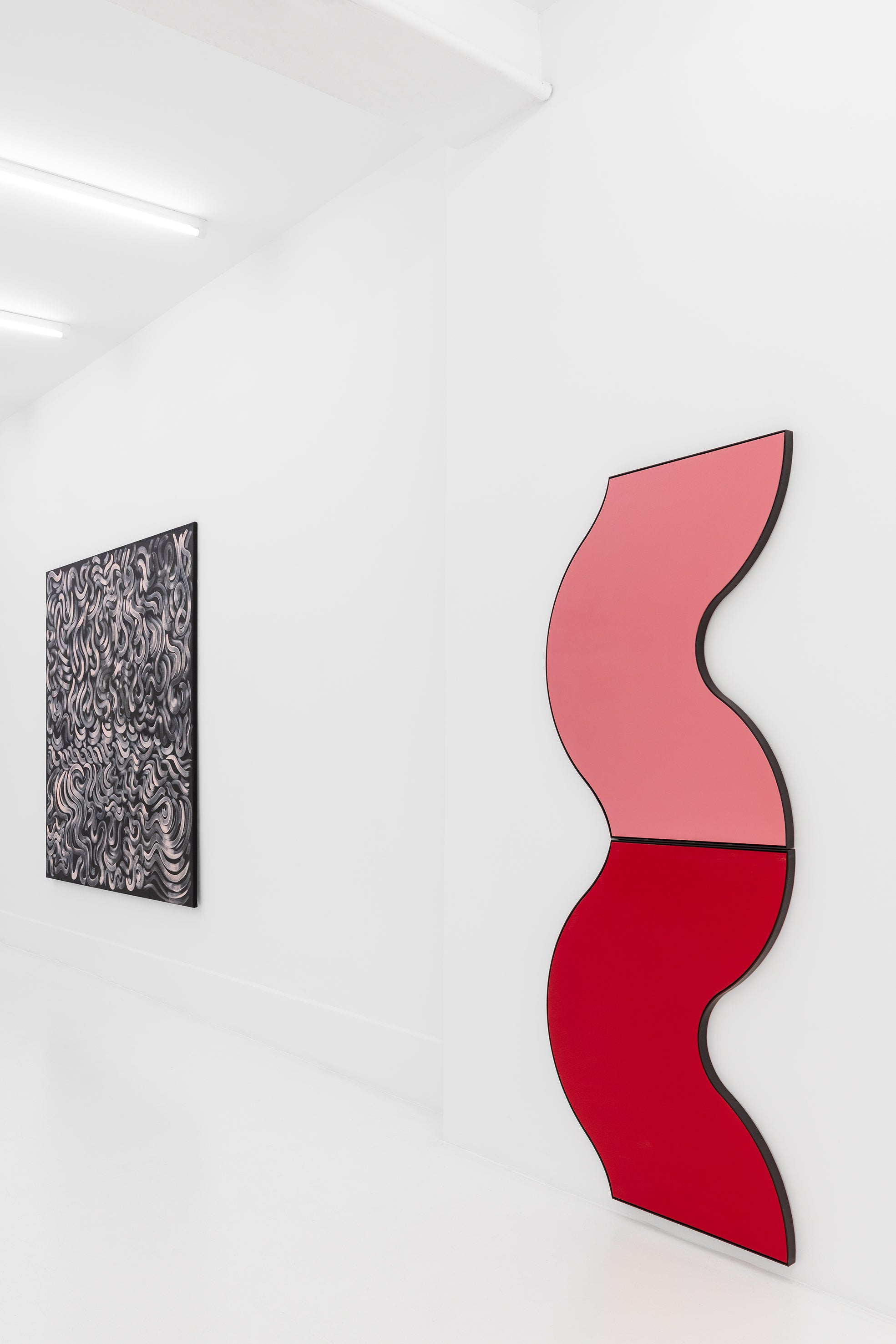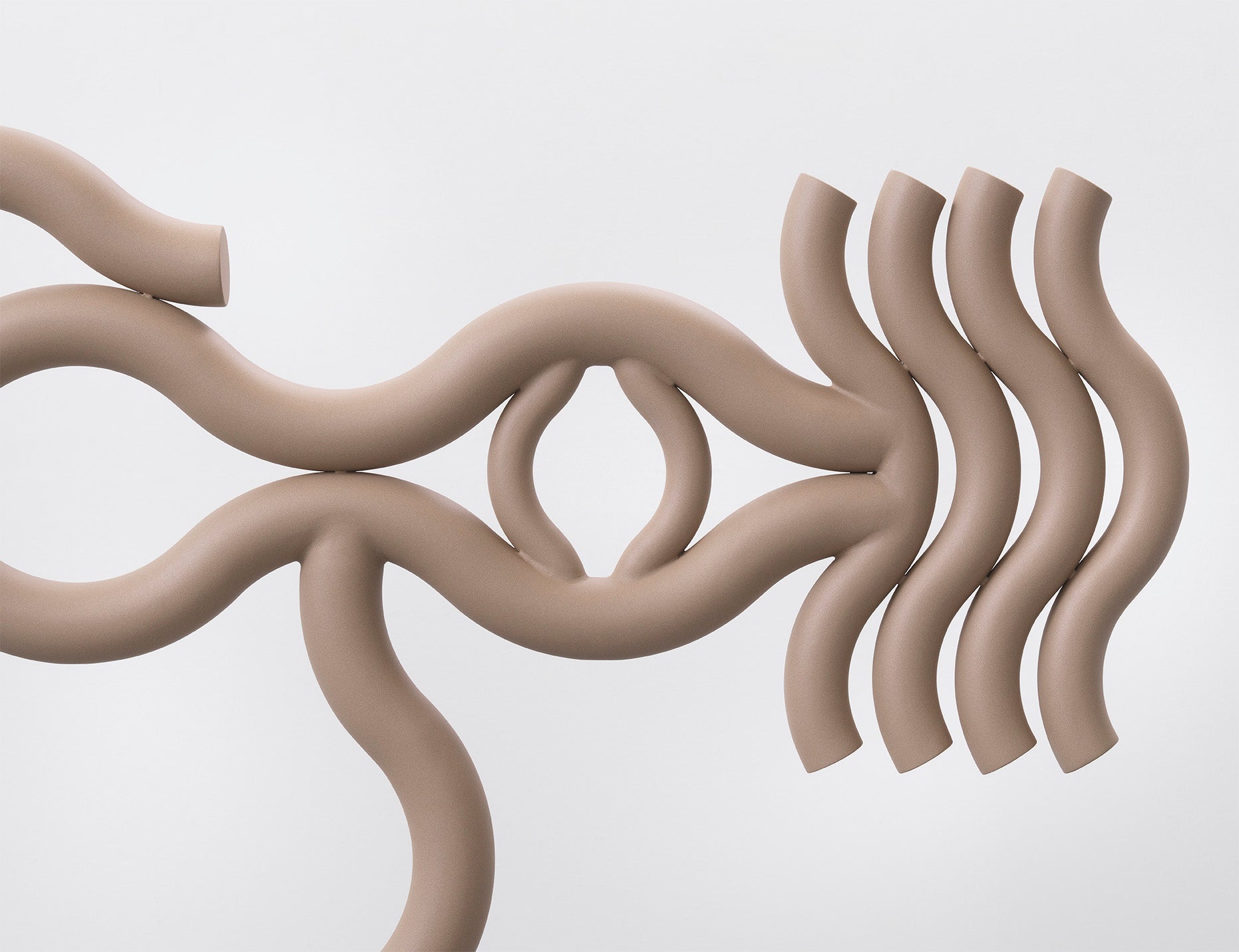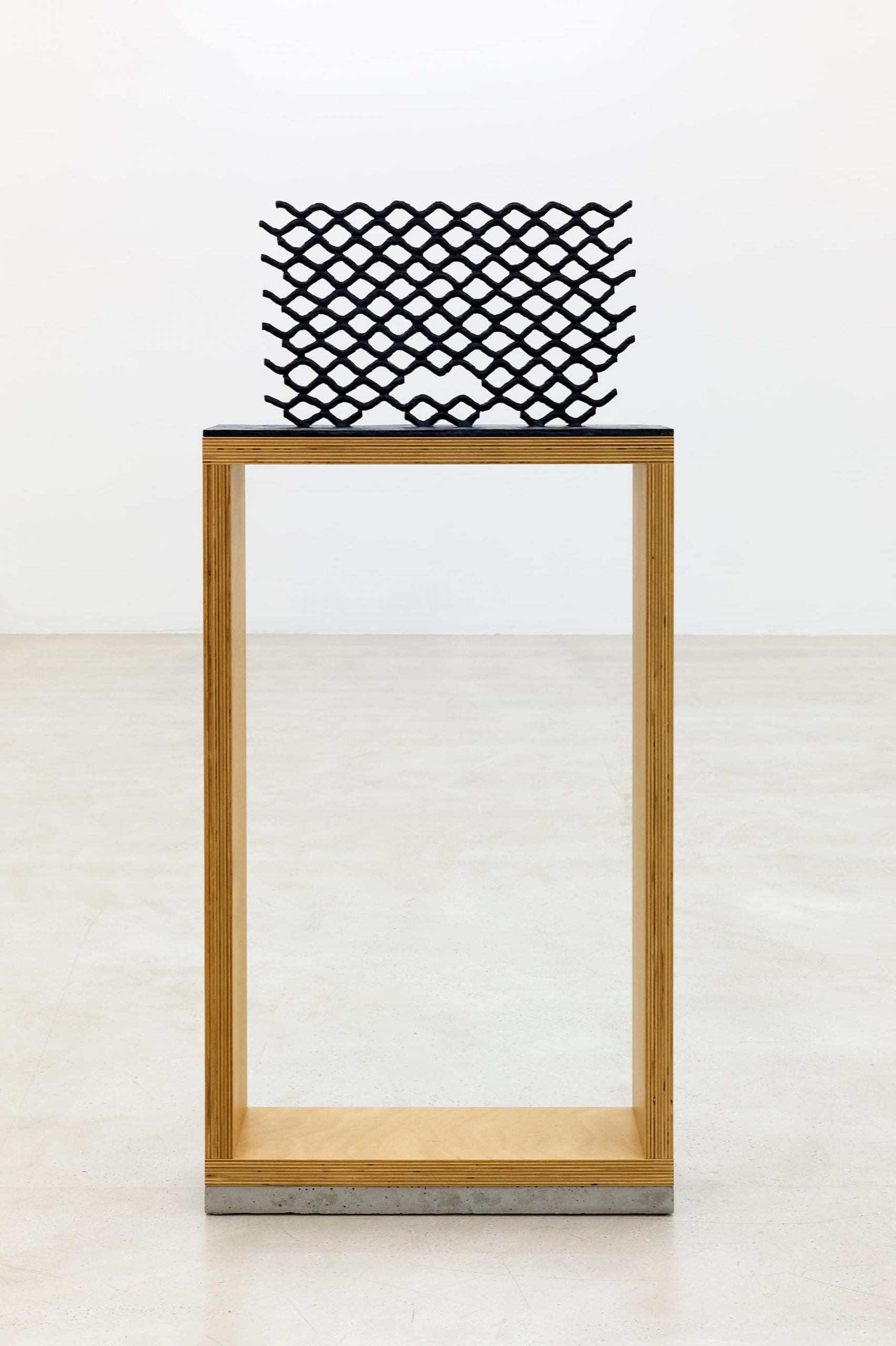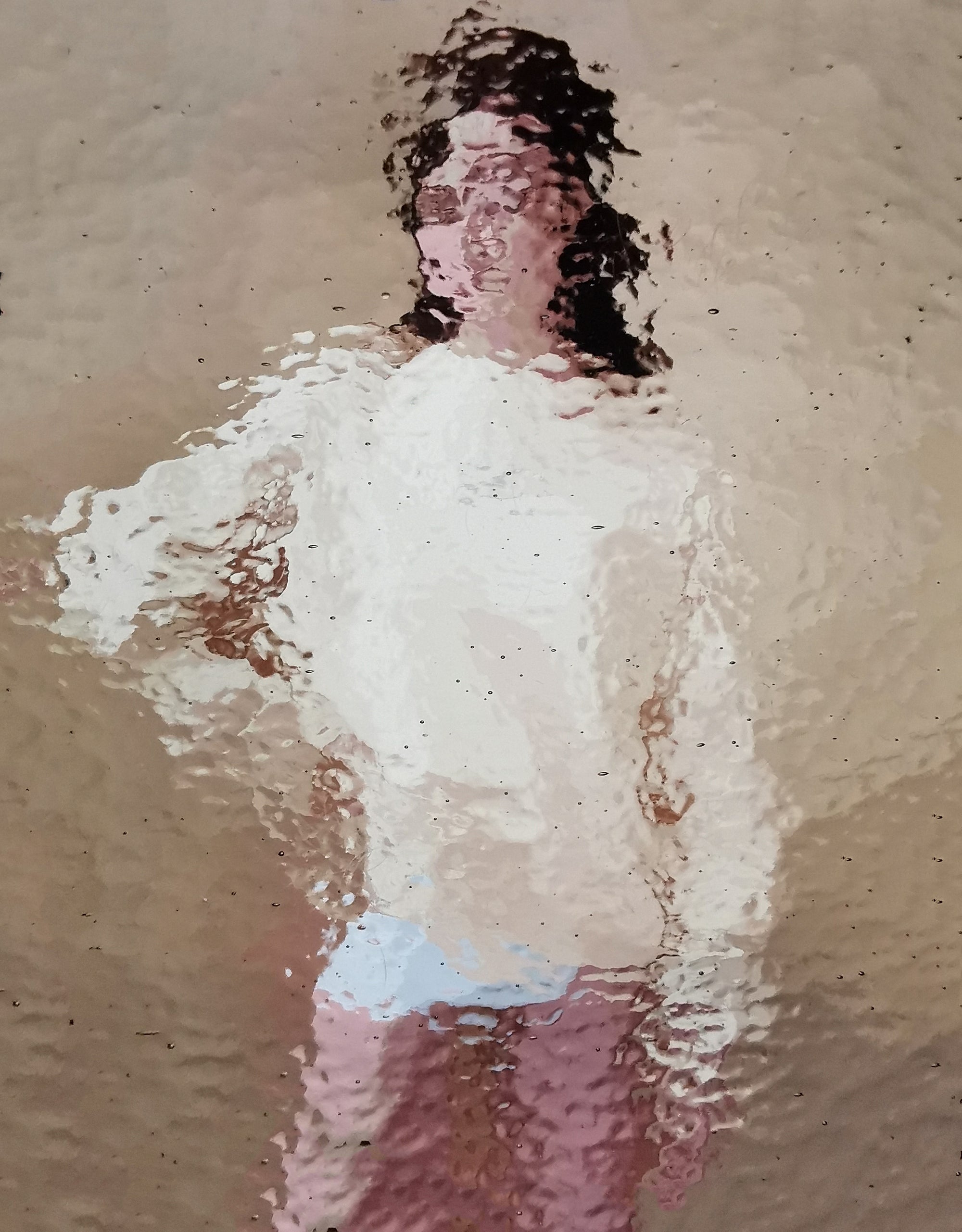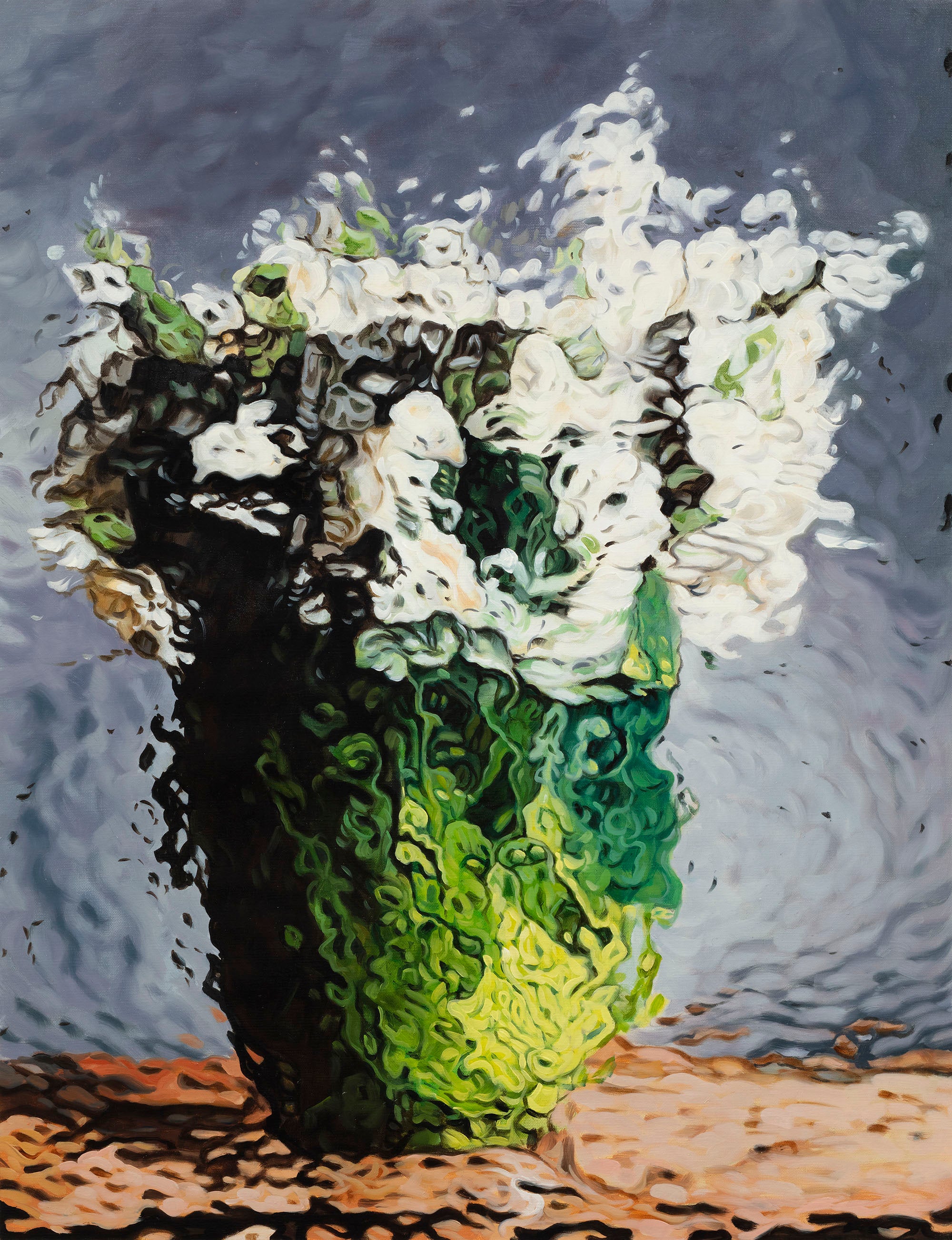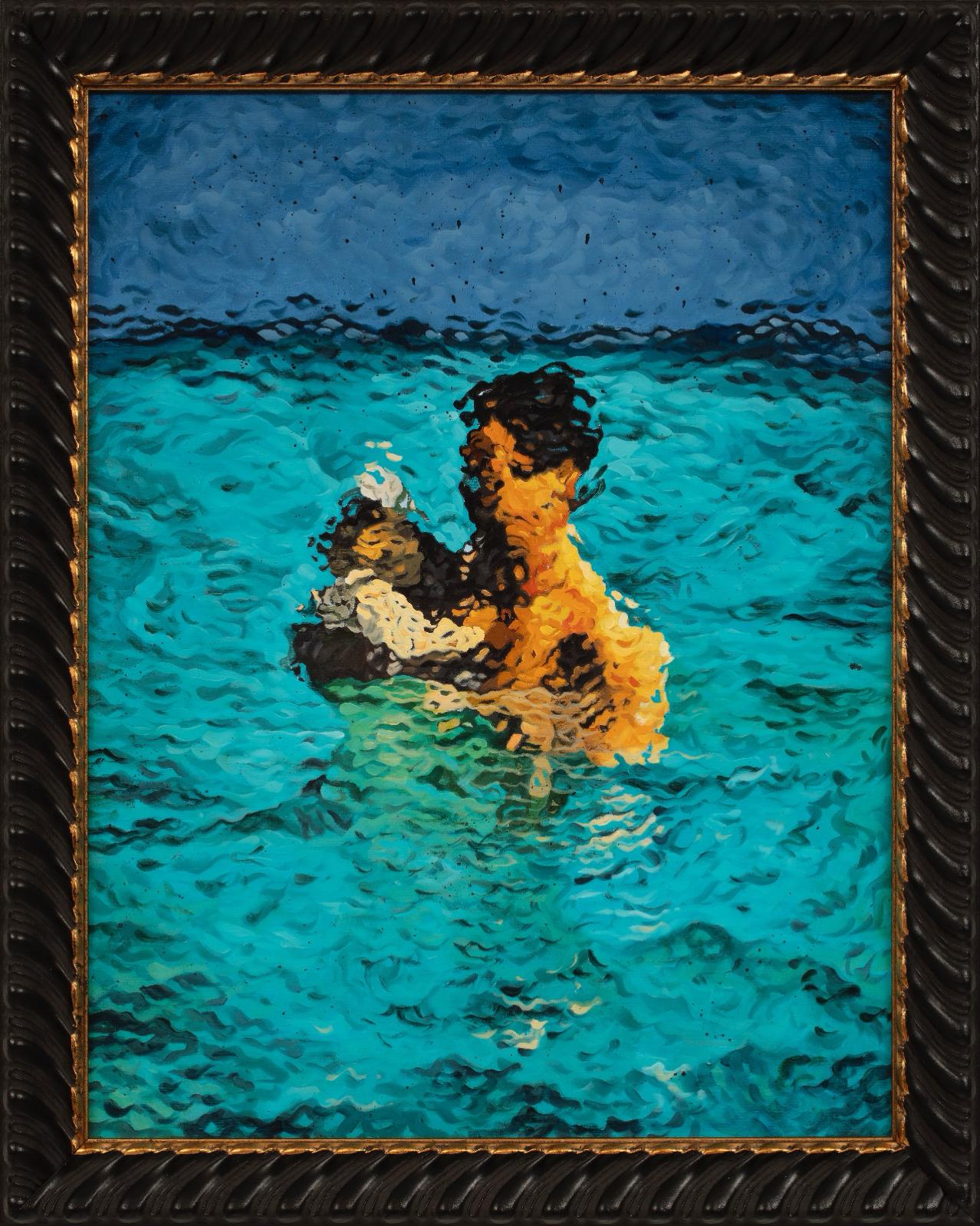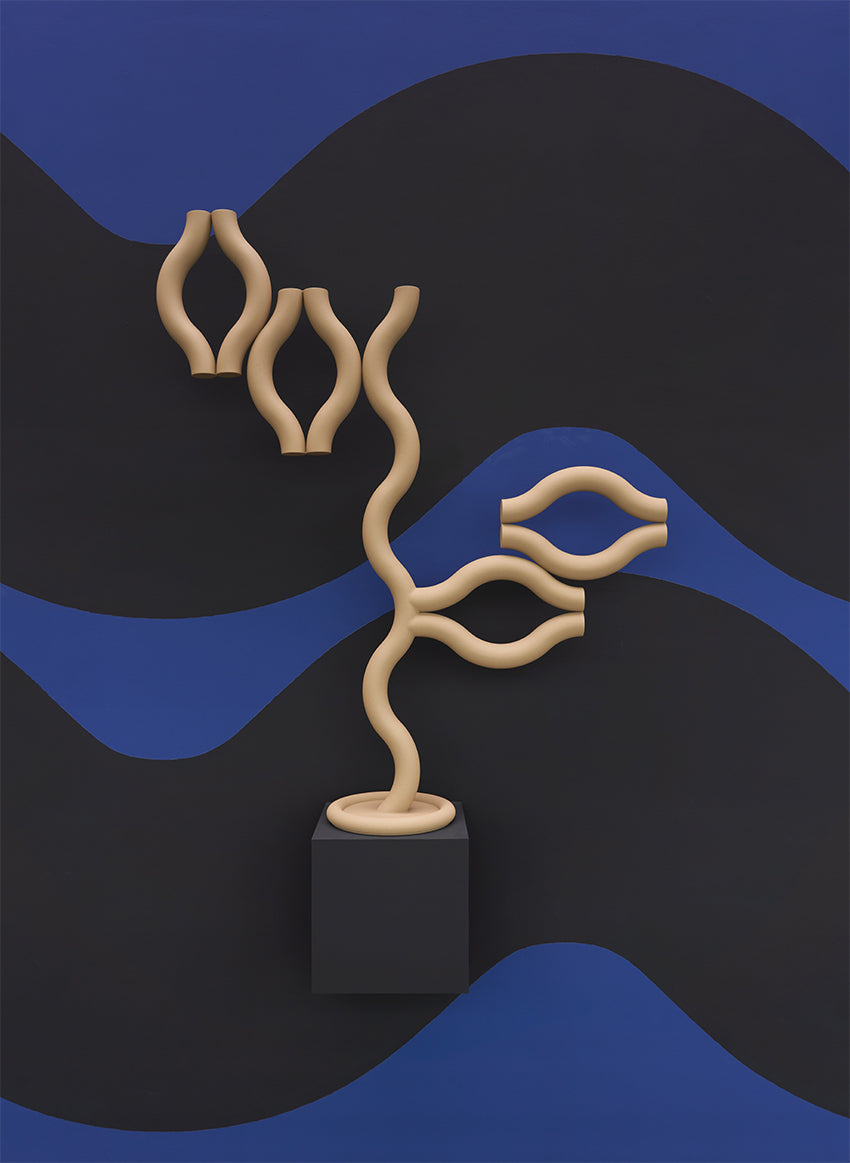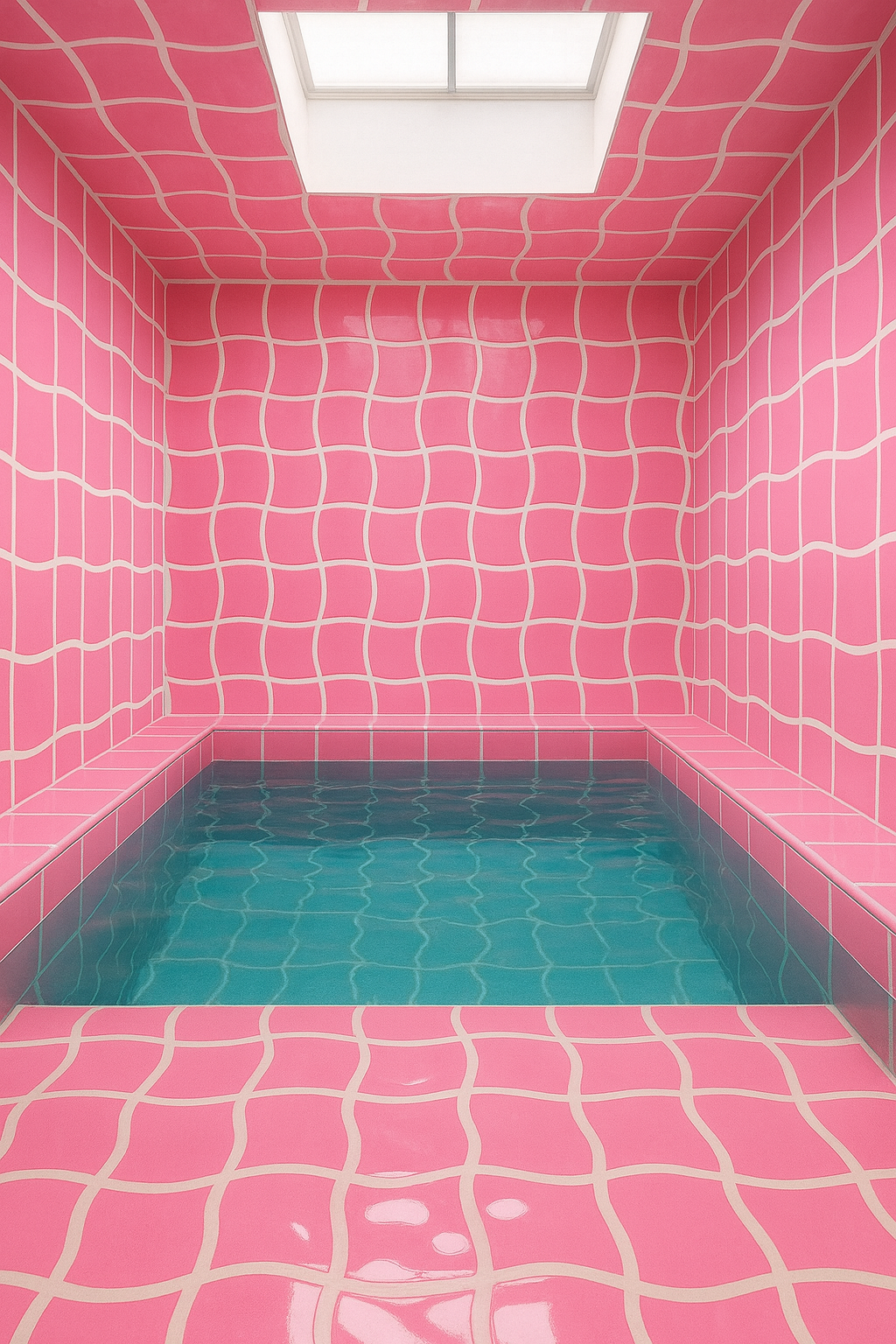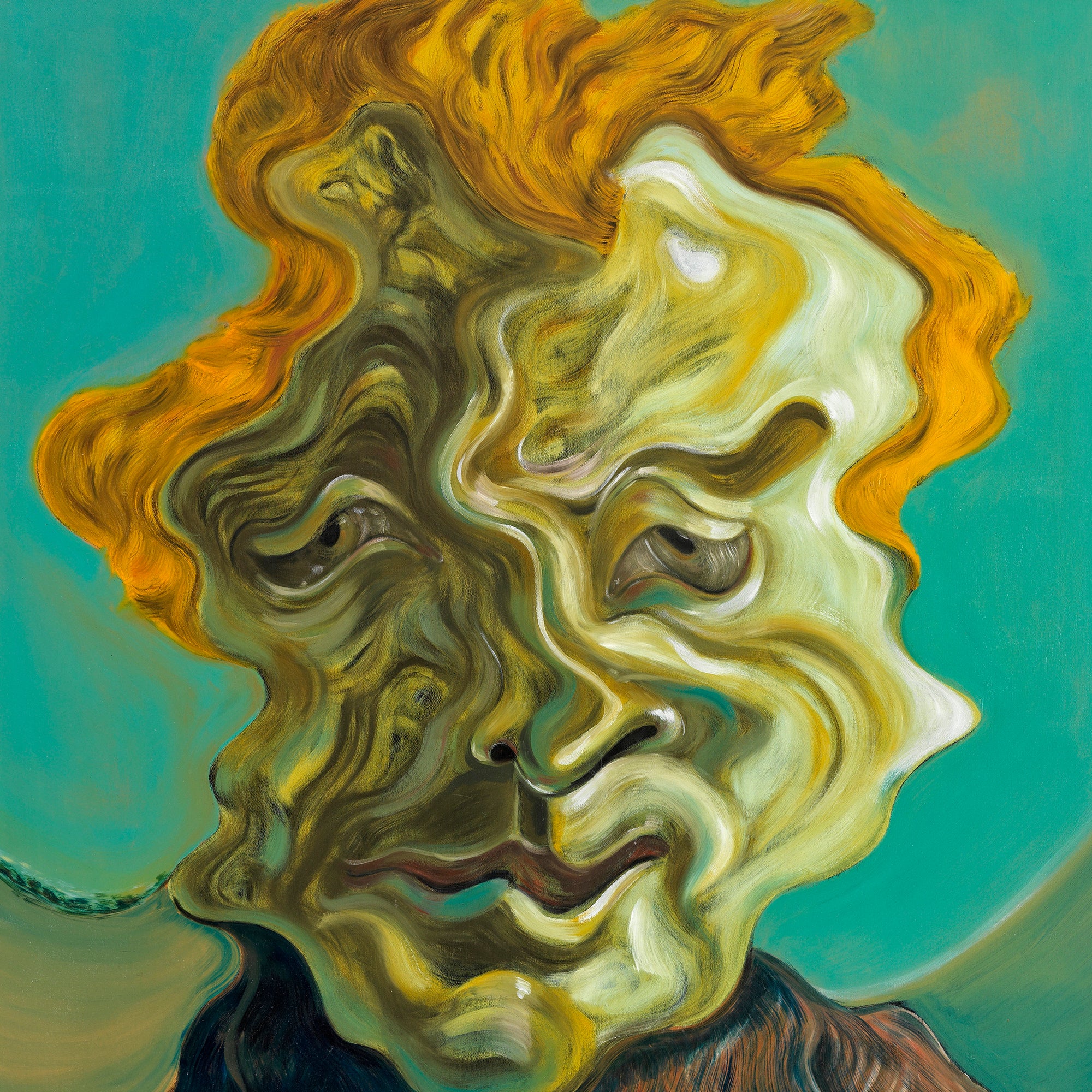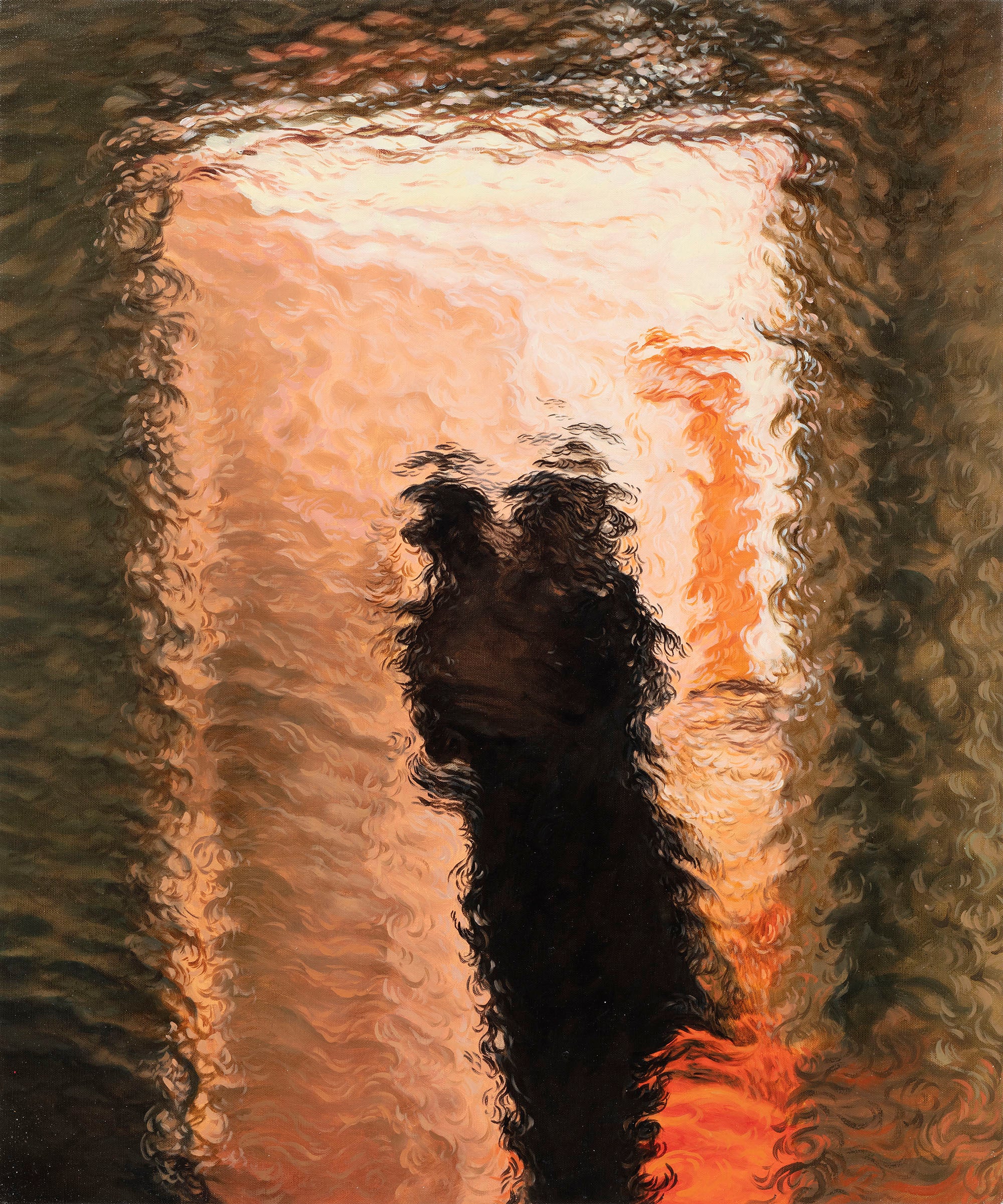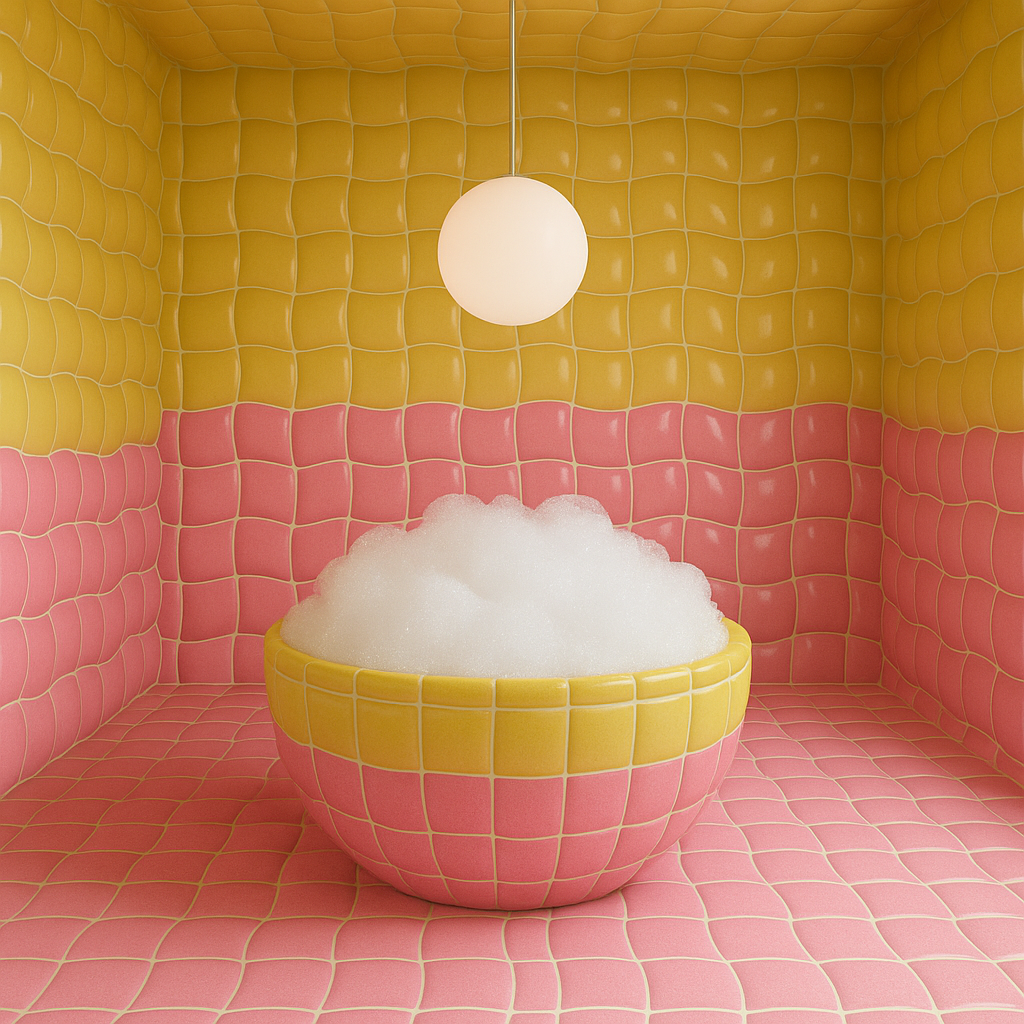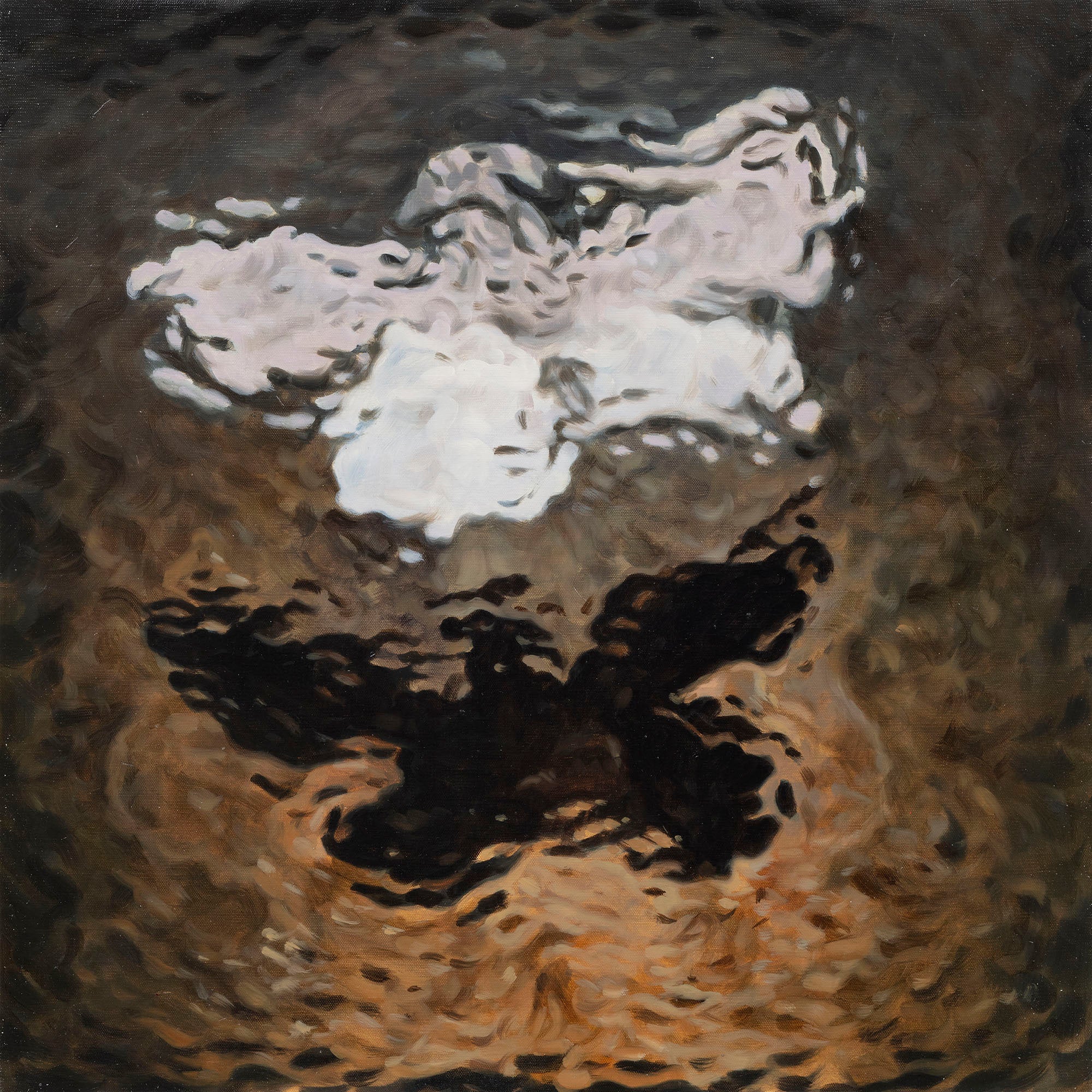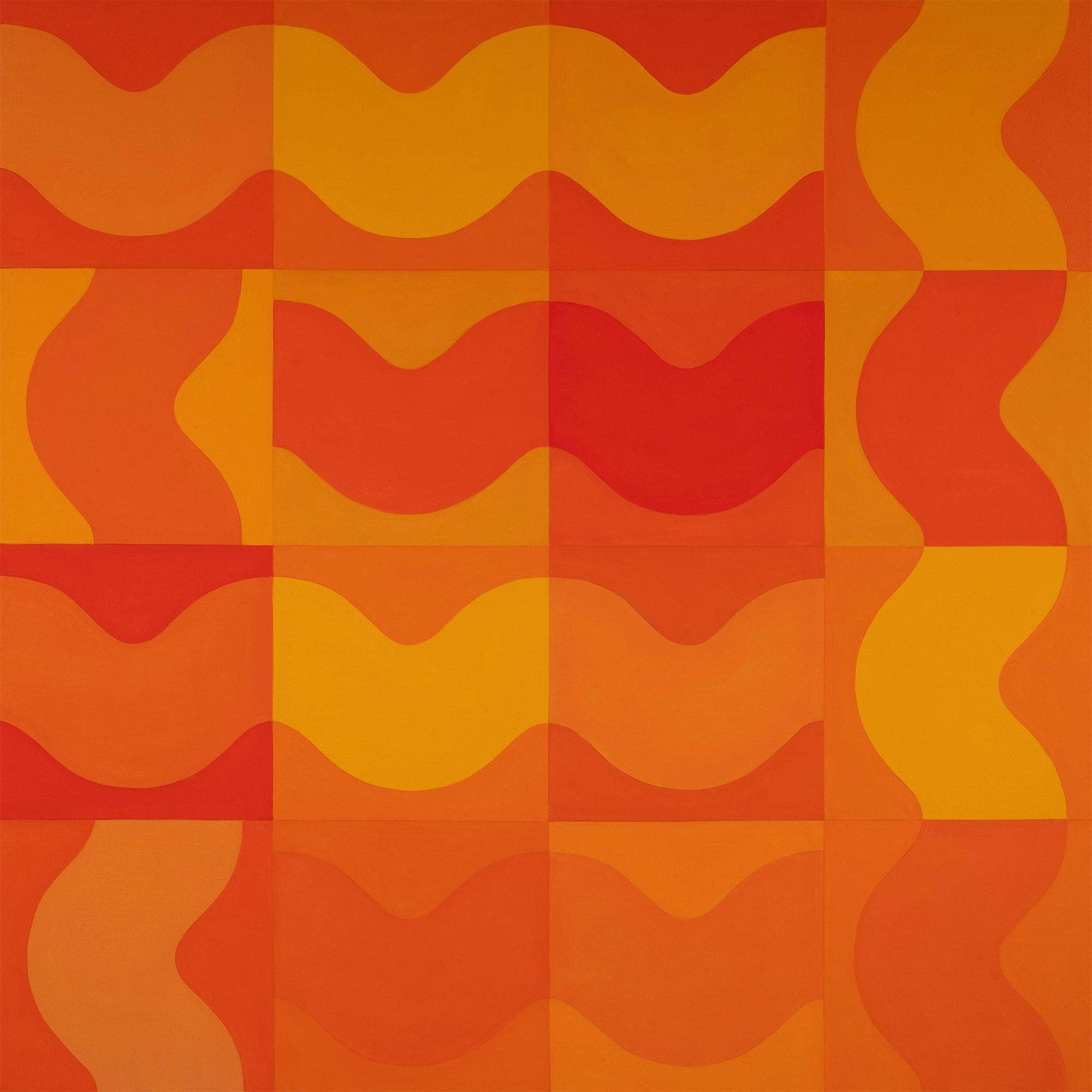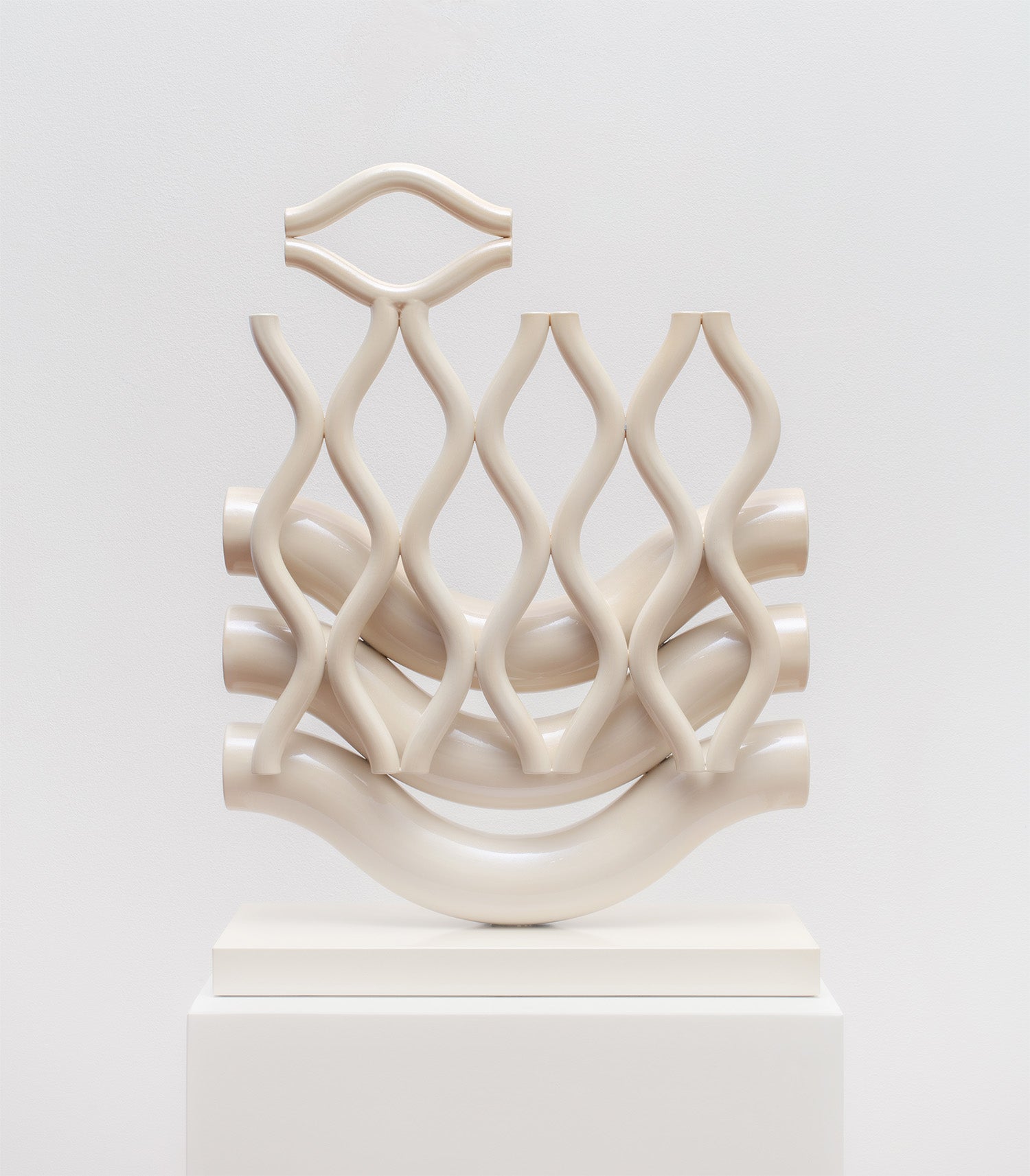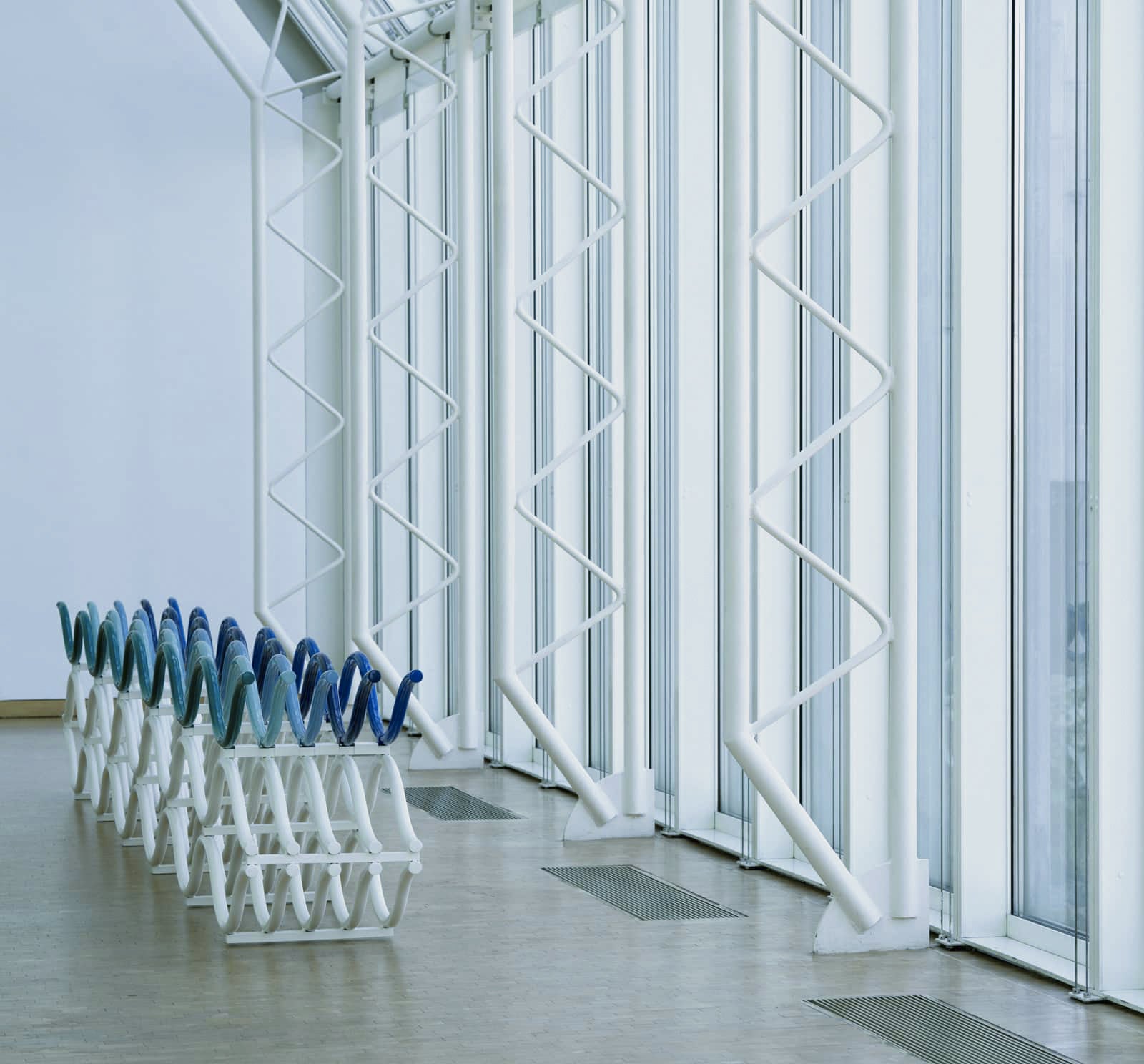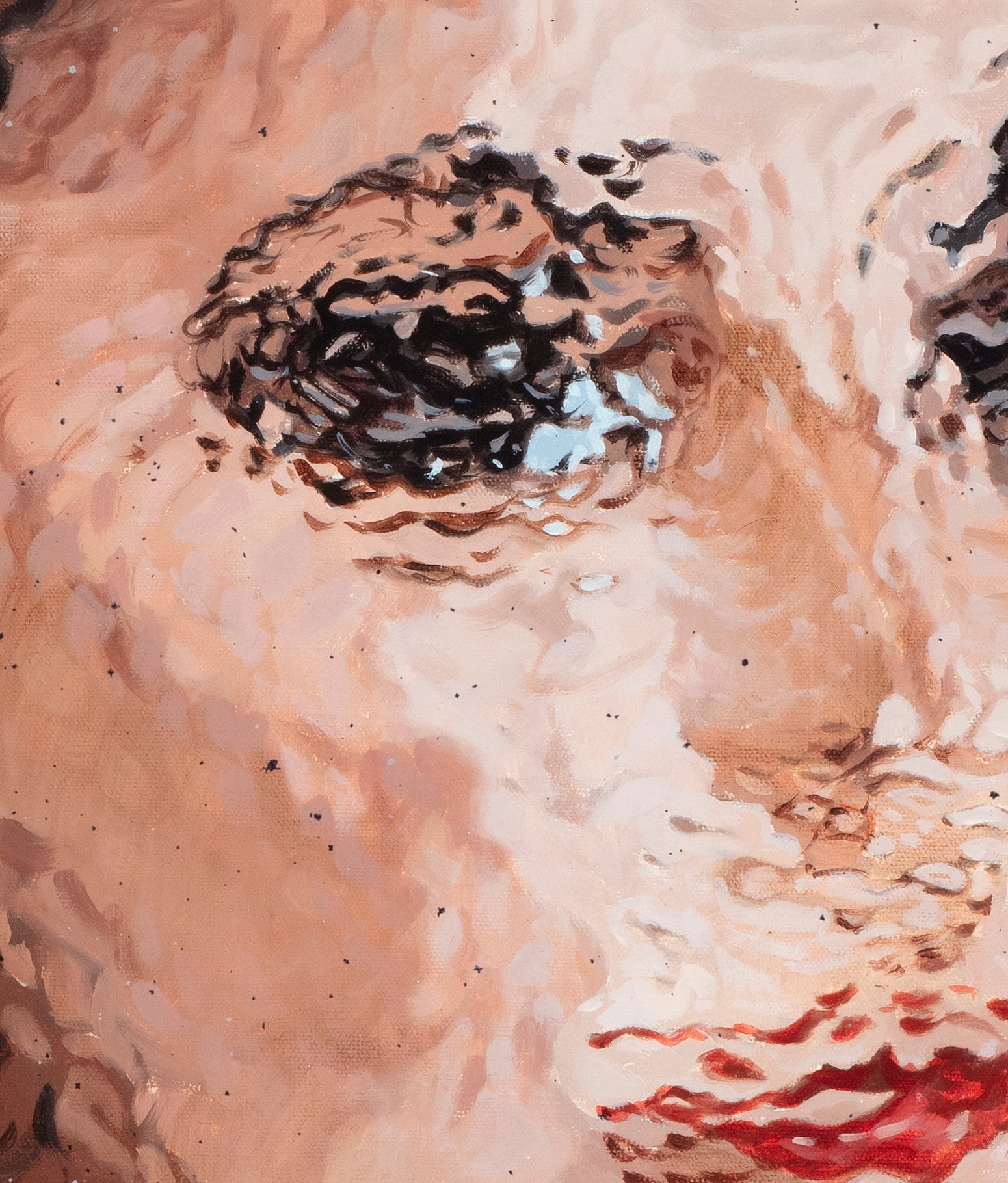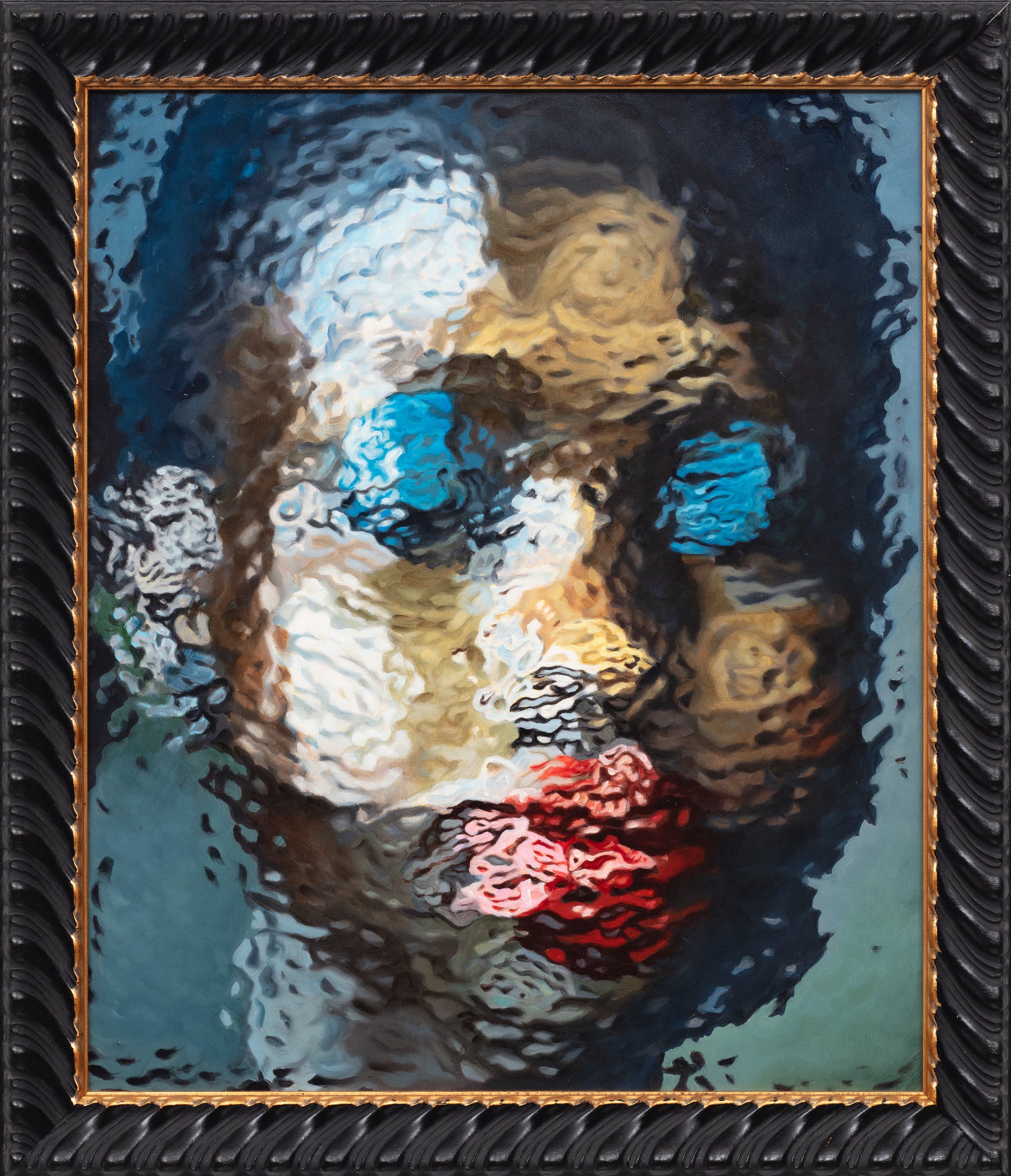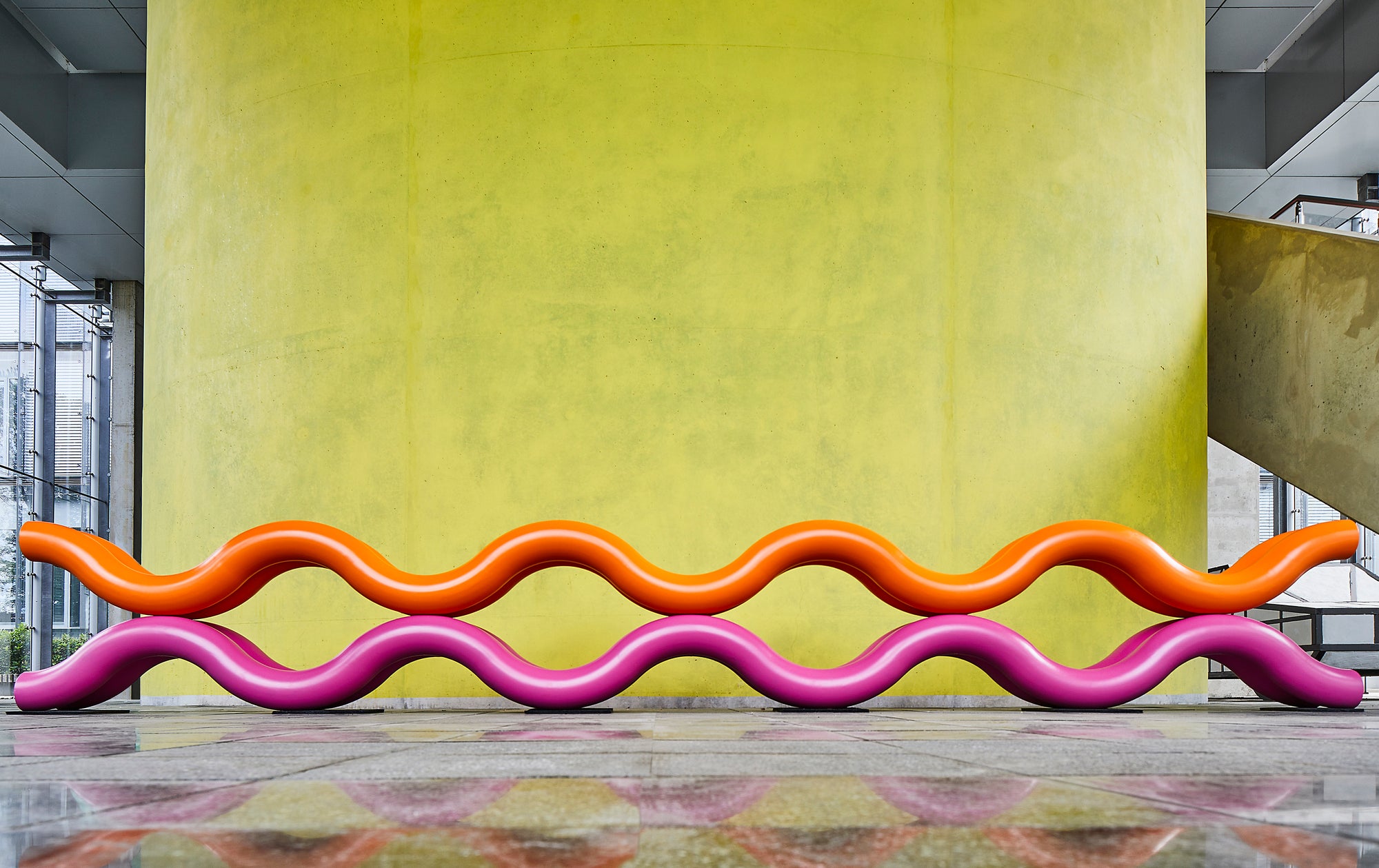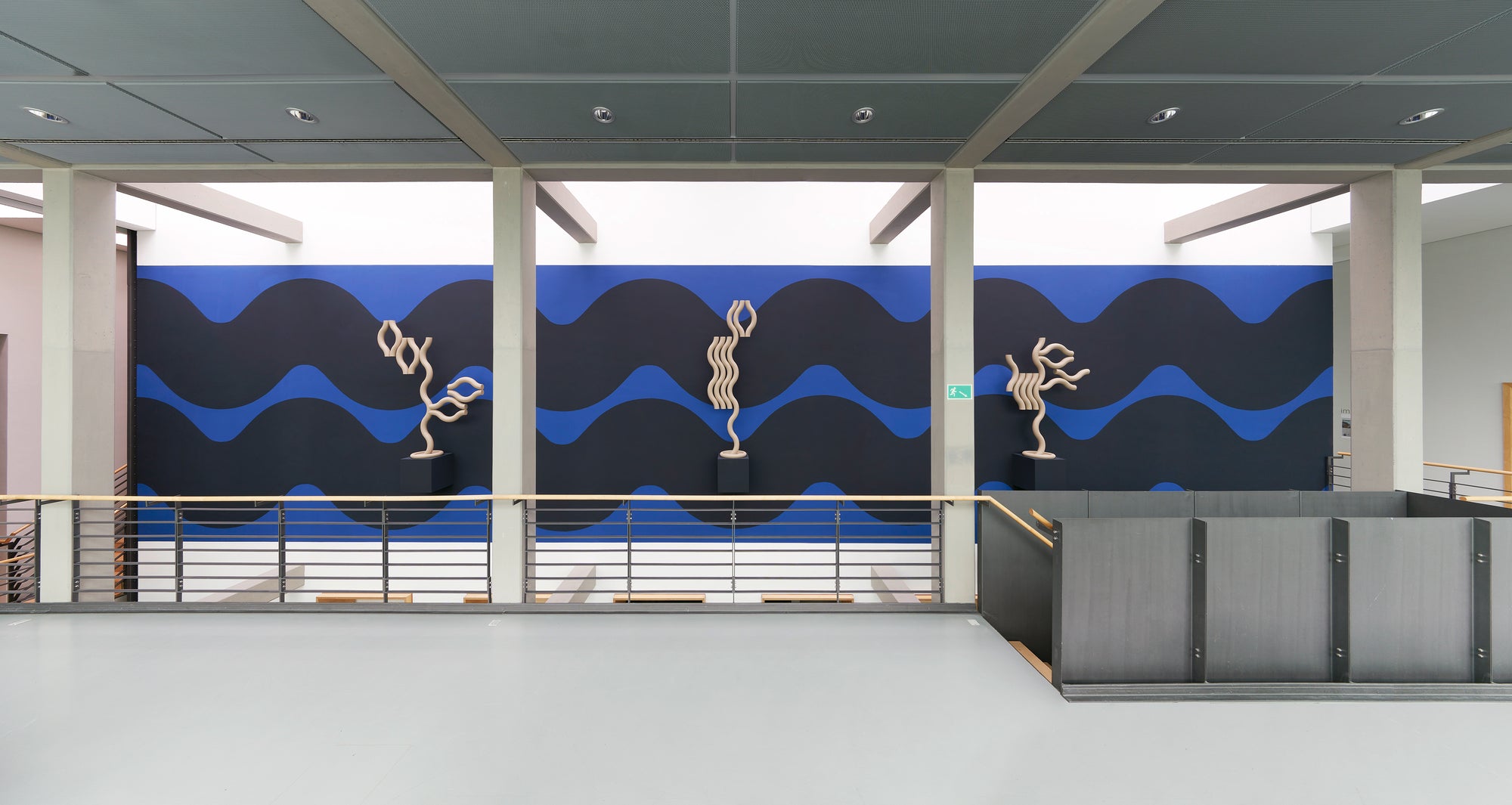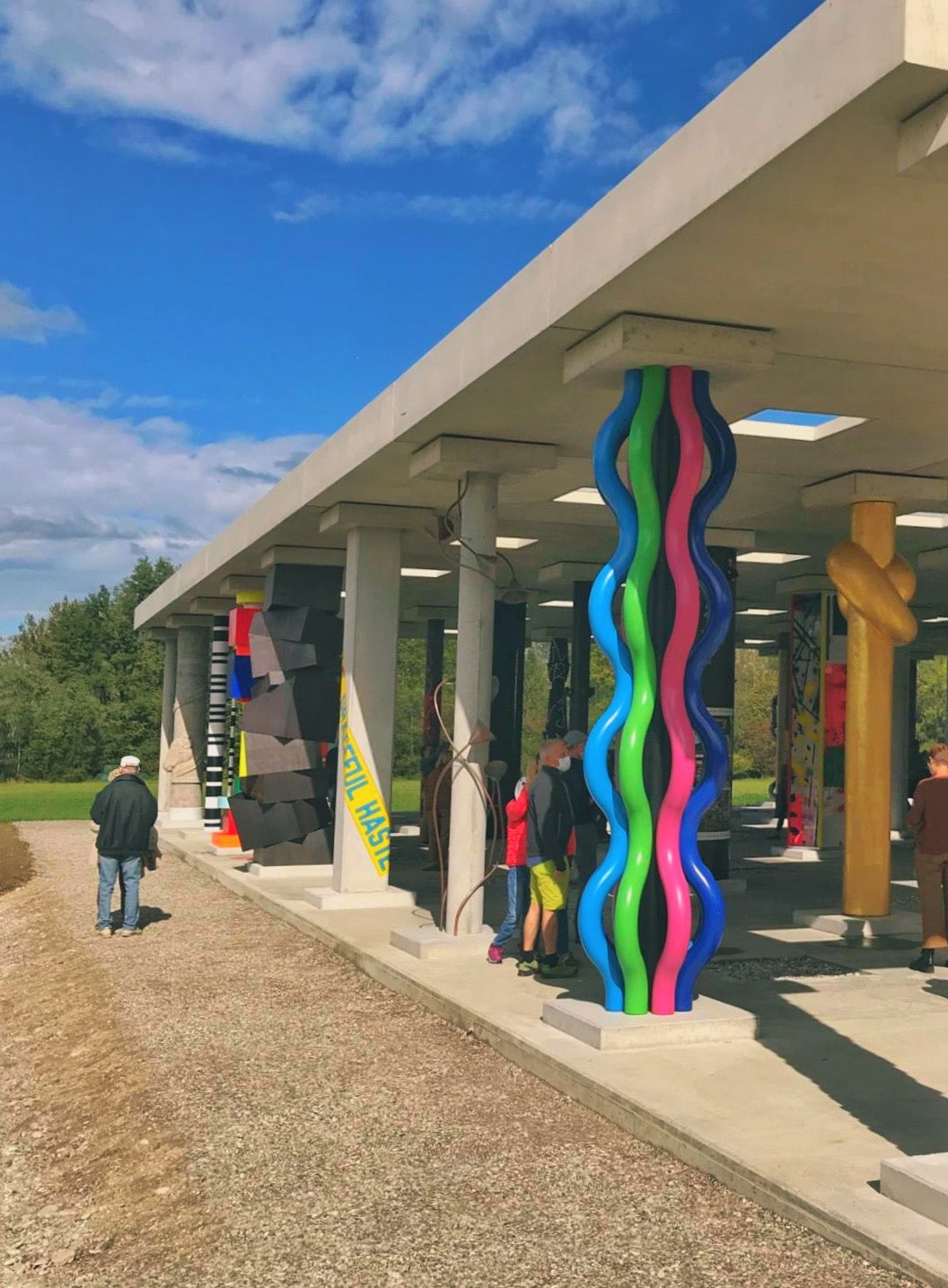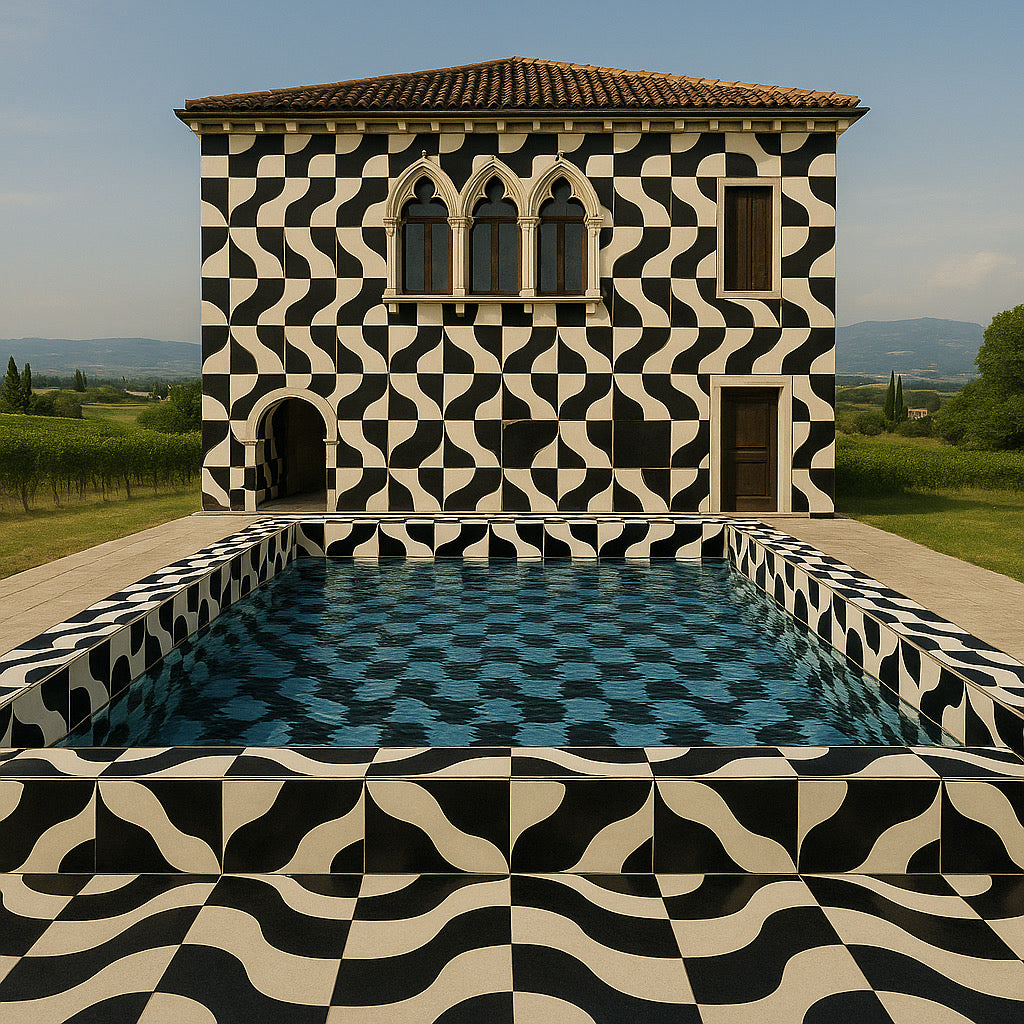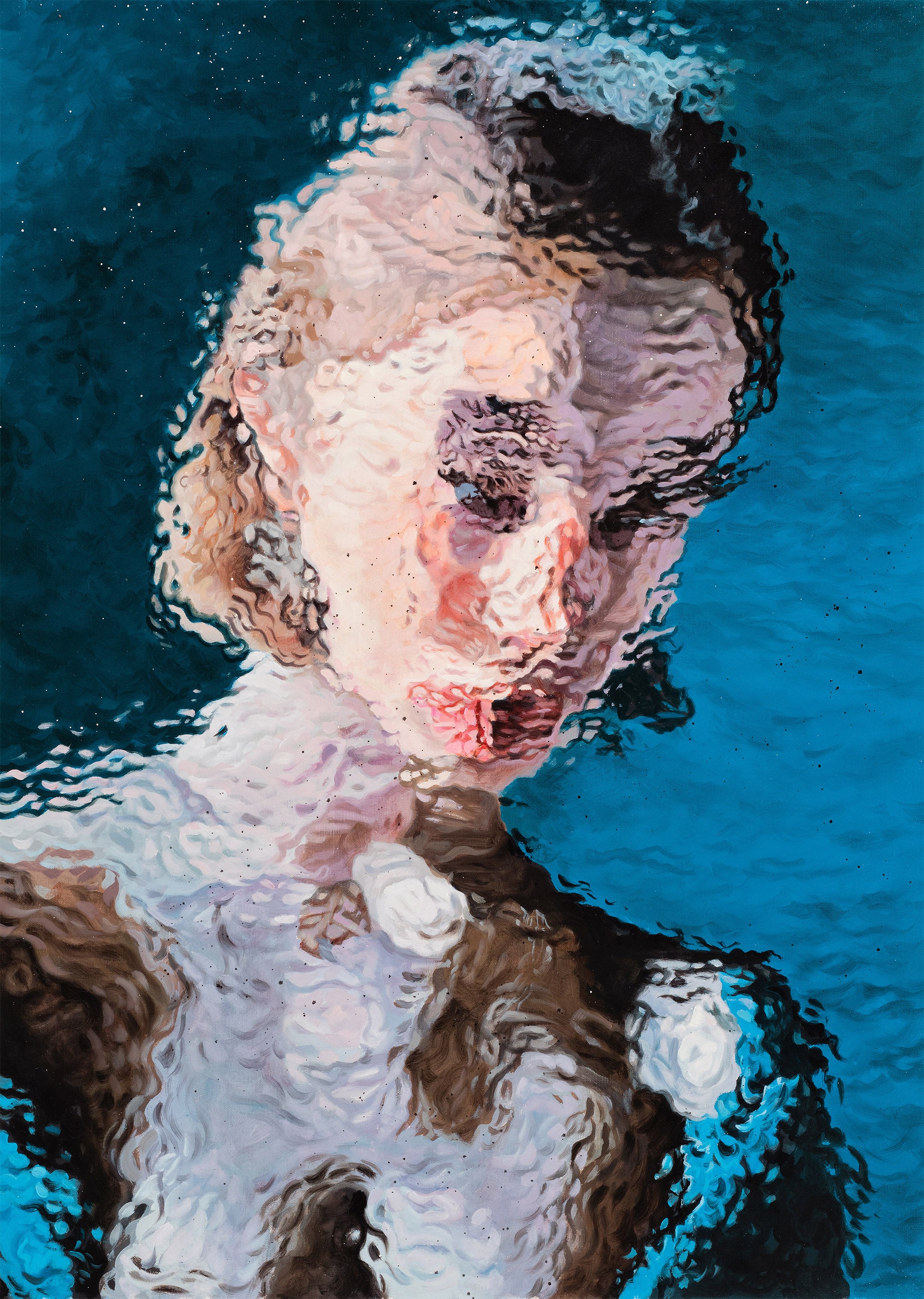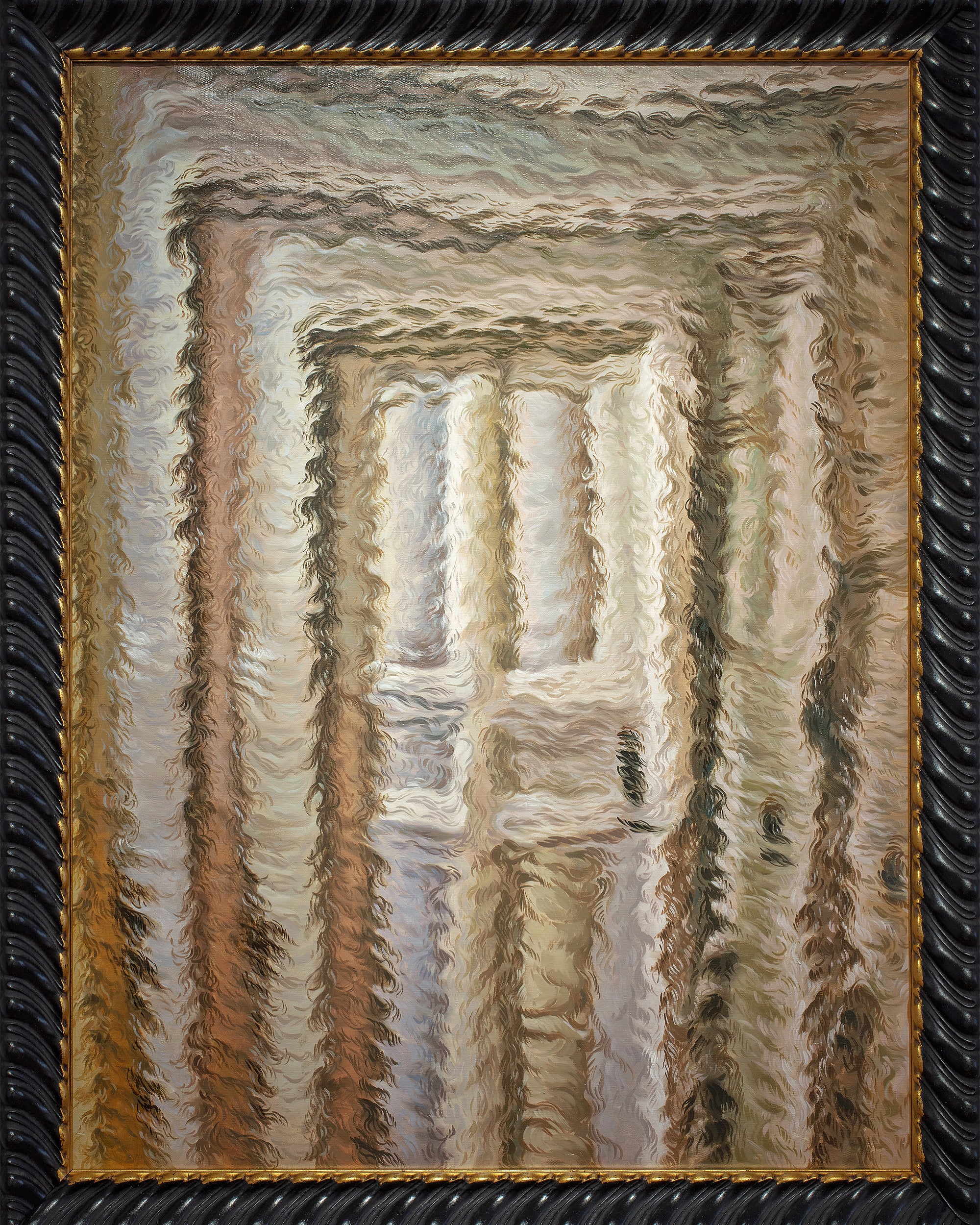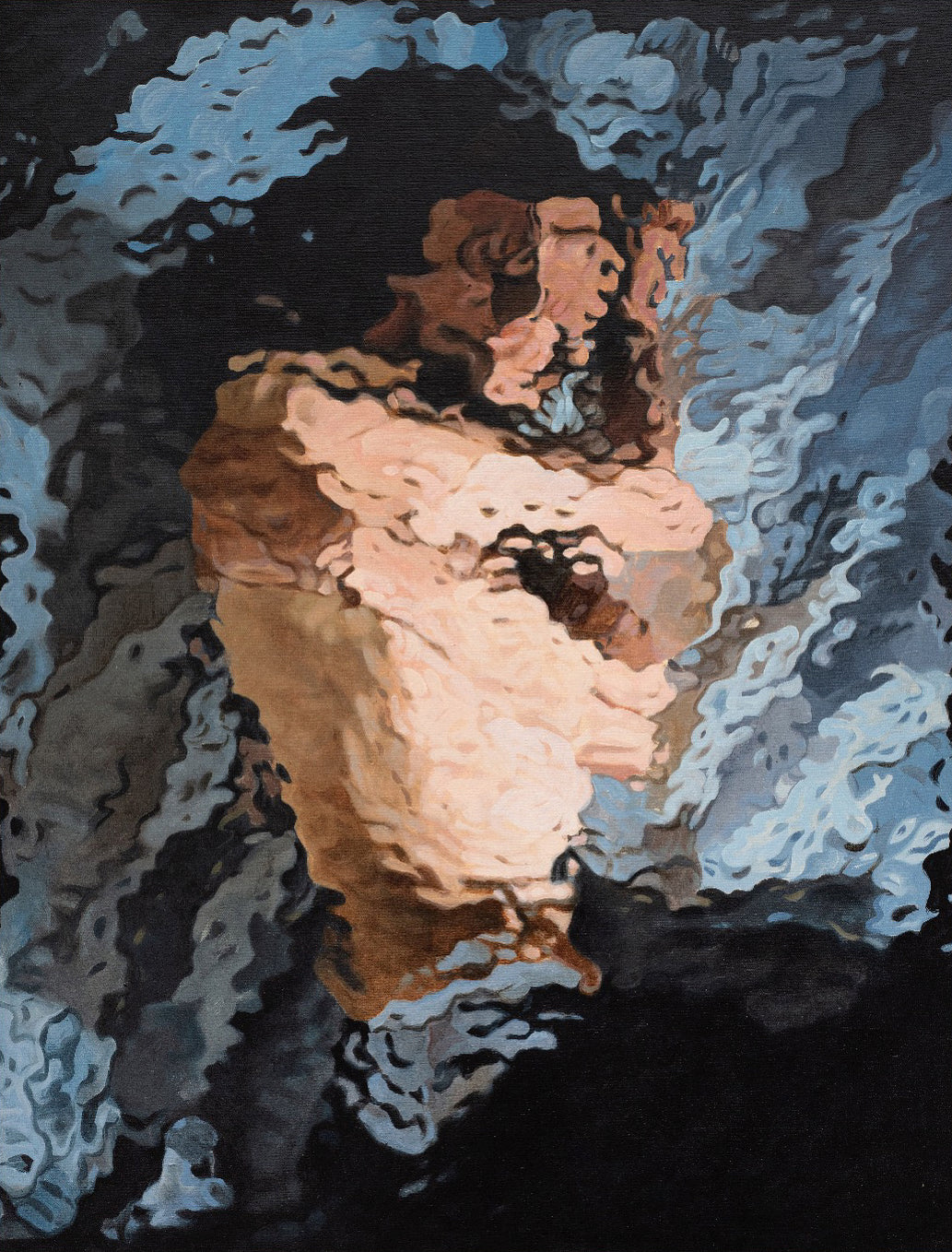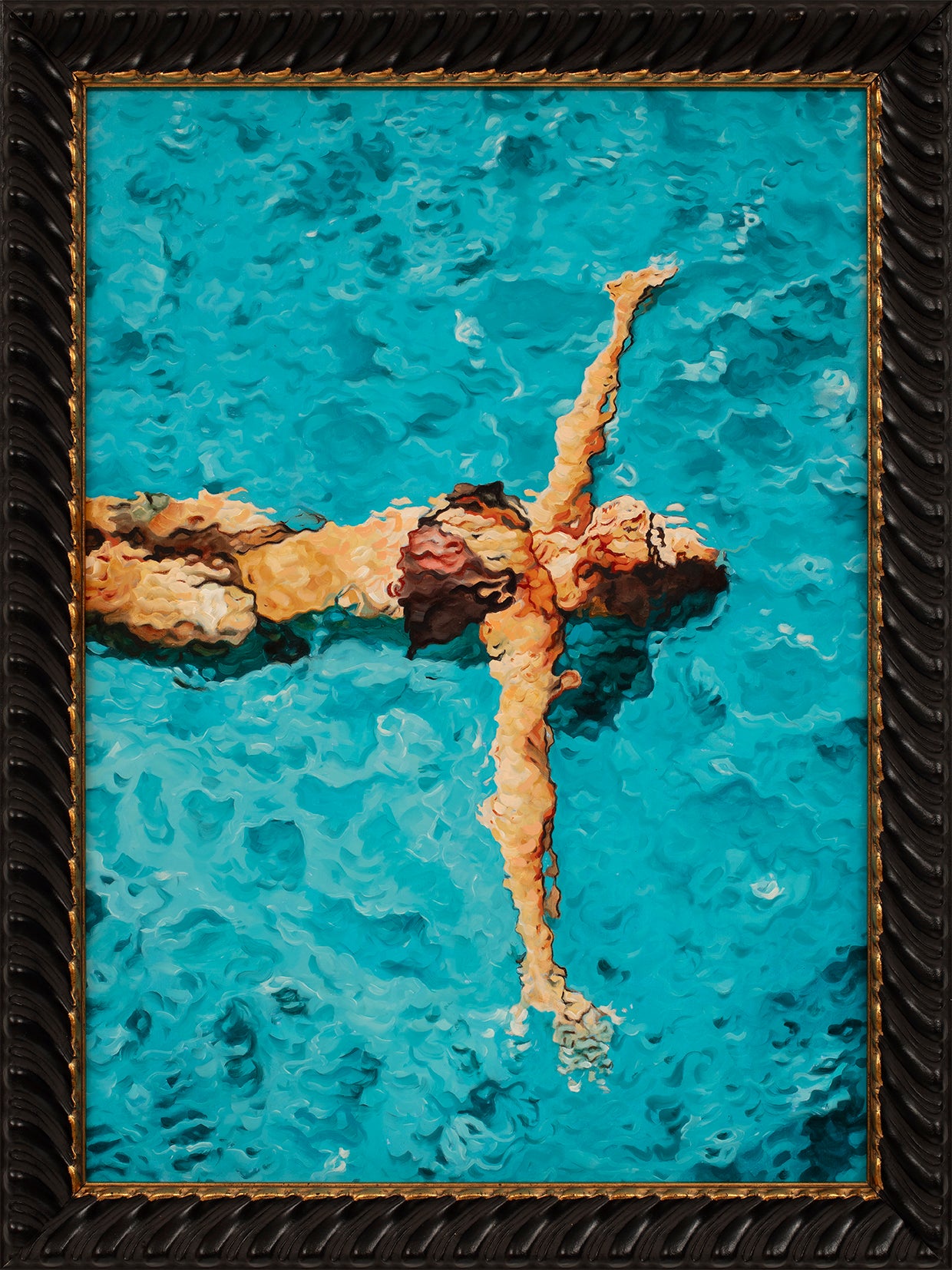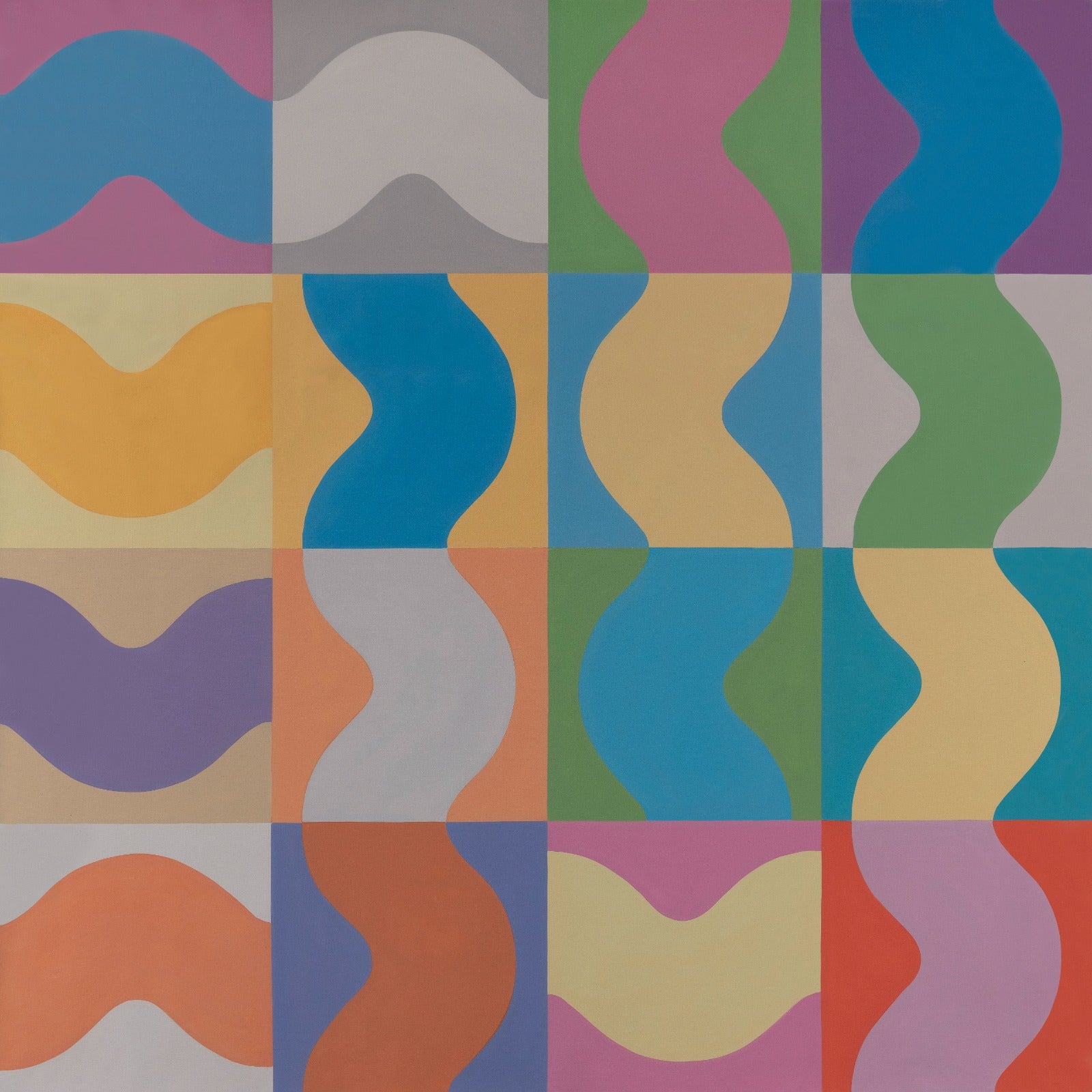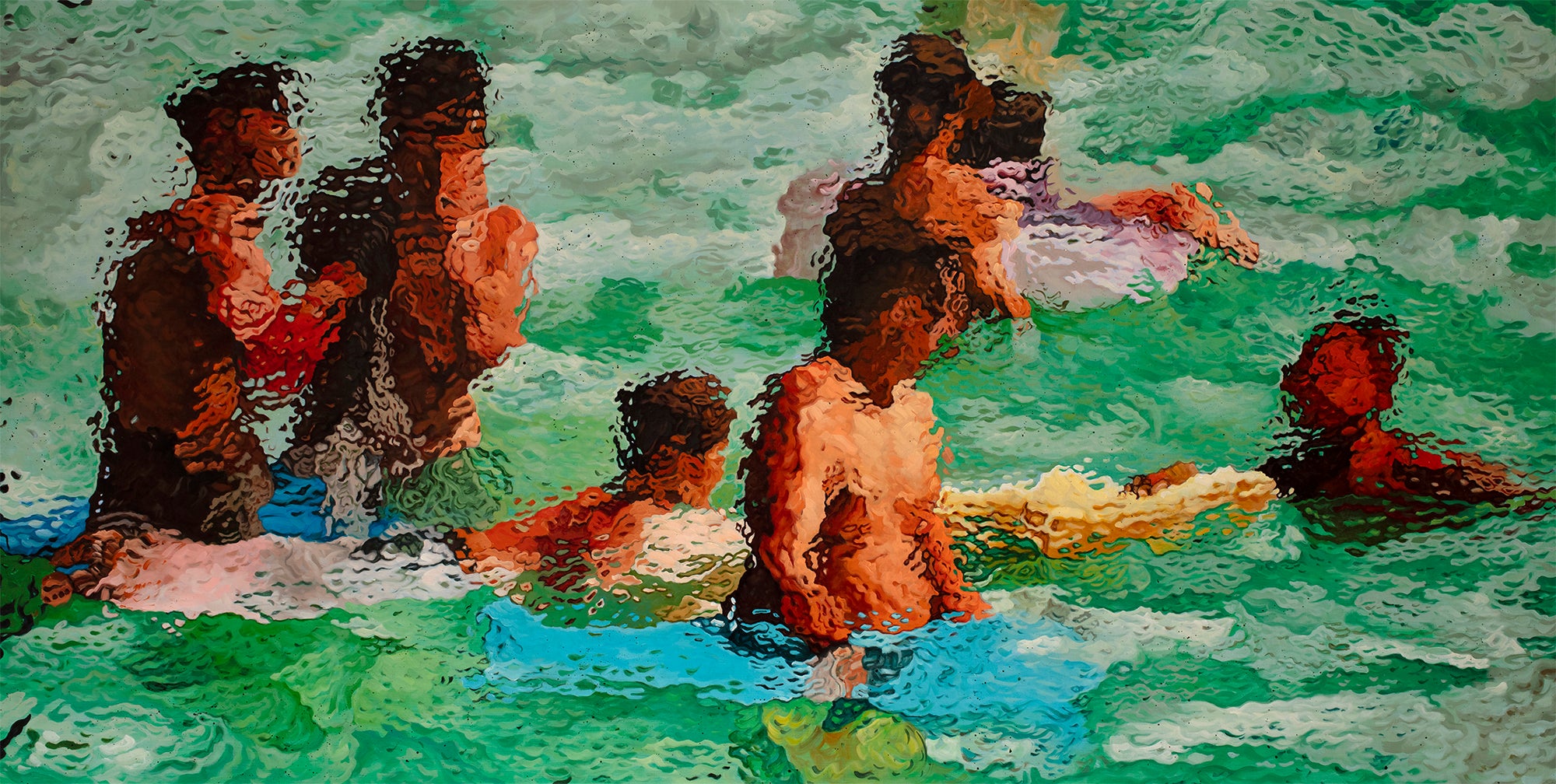-
★★★★★
“Instead of inviting swimmers, the pools invite contemplation. They carry the sensation of a space in which one might wander mentally, a space where water becomes a medium for thinking through transition. The works are built to hold emotion, not chlorinated water, and their gently undulating shapes suggest both the sea and the softness of recollection.”
-
★★★★★
“Diango is trying to find languages that speak to that distance and bridge that distance. It's deeply aesthetic, it's invariably absolutely beautiful, but underlying it is this kind of strong engagement with place and lack of place.”
-
★★★★★
“Hernandez’s sculptures meanwhile seem up-to-minute artefacts from our hyperconnected digital islands of isolation. Hyperreal in finish and form, they are visitors from another realm in which humans are, at best, vulgar tourists. Within the logic of Instopia they function as pirate flags asserting the sovereignty of the artistic imagination to roam where it pleases, passing through thresholds and across all territories, taking and using what it wants.”
-
★★★★★
“The art of Diango Hernández defies easy categorization. Although much of his work is inspired by his experiences of Cuba – where he was born in 1970 and lived until the age of 33 – he is not an émigré artist in the vein of Aleksandr Solzhenitsyn or Joseph Brodsky. And while many of his projects are concerned with displacement and origin, his work does not sit comfortably within the genre of diasporic art. Hernández makes Conceptual art yet carefully constructs pieces by hand like a craftsman. He is as much an inventor drawing up plans for alternative systems as he is an explorer mapping out newly discovered territories.”
-
★★★★★
“In Diango Hernández's artistic practice, drawing began as a form of resistance and mental survival, a way of collecting, recording, understanding, perceiving and filtering a lost reality in the post-revolutionary period of his native Cuba, to become a form of articulation and projection of concepts and ideas guided by the energy of utopia.The long-term installations that he builds project after project propose free and rigorous visions as only drawing, freed from an exclusive and narrow function of representation, can create.”
-
★★★★★
“Hernández first solo exhibition in Cologne without the Ordo Amoris Cabinet in 2003, which was entitled “Amateur” at Frehrking Wiesehöfer presented 5.000 drawings together with objects, which seemed to have been realized quickly and had a precarious status because they were extremely fragile. Some of them looked like radios or other everyday objects but which were not functioning. Though I am sceptical about heroic narrations postulating that some exhibitions in an artist’s career are more important than others I would say that “Amateur” was crucial for Diango because it was a turning point in finding a very specific language as an artist. At least that is why I suggested starting Hernández survey at MART, Rovereto with a room of drawings from "Amateur".”
Voices
Selected Public Collections
Museum Abteiberg, Mönchengladbach, Germany | The Museum of Modern Art, New York, USA | Bundeskunsthalle, Bonn, Germany | Ludwig Museum, Cologne, Germany | PAMM, Miami, USA | Artpace, San Antonio, USA | Museum of Fine Art Houston, Houston, USA | Museum Morsbroich, Leverkusen, Germany | Kunstsammlung des Landes Nordrhein-Westfalen, Germany | Inhotim, Centro de Arte Contemporânea, Belo Horizonte, Brazil | Philara Collection, Düsseldorf, Germany | Sammlung Wemhöner | Jil Sander Collection | Andy Warhol Foundation Collection | Museo di Arte Moderna e Contemporanea di Trento e Rovereto, Italy | CAB de Burgos, Burgos, Spain | Frac des Pays de la Loire, Carquefou, France | Kunstmuseum Liechtenstein, Vaduz, Liechtenstein | Museum für Gegenwartskunst, Siegen, Germany | Rheingold Collection, Düesseldorf, Germany | Sammlung zeitgenössischer Kunst der Bundesrepublik Deutschland, Germany | Museo de Arte Contemporáneo de Castilla y Leon, (MUSAC), Spain | Colección Bergé, Madrid, Spain.
Diango Hernández Instagram
With over 1.4 million followers, Diango Hernández (@diango.hernandez) stands among the most followed contemporary artists today. As early as 2015, Hernández began using Instagram not merely as a communication platform but as an essential part of his creative process. Through this early and visionary engagement, he became one of the first pioneers to explore Instagram’s social and transformative power within the field of art.
For Hernández, Instagram became a studio without walls, a digital extension of his conceptual practice. “Instopia,” his term merging Instagram and utopia/dystopia, captures this shift—an ongoing reflection on how images, desire, and connectivity reshape artistic creation. “Instagram allowed me to make art that breathes in real time,” Hernández notes. “It’s not only a tool to share, but a place where beauty and longing circulate freely—where I can test the emotional temperature of an image.”
Through Instopia, Hernández turns everyday digital gestures—scrolling, liking, posting—into a poetic and critical language, transforming social media into what he calls “a permanent exhibition space where everyone is both visitor and artist.”
On Art
For Diango Hernández, art is an agent of change. It is not concerned with revisiting the past but with anticipating the future. His vision of art resists confinement—neither museums, books, nor archives can contain its living pulse.
“We are living through the greatest transformation I have experienced in my lifetime,” Hernández notes. “Today, whatever once held value because a few ‘authorized’ voices declared it so is falling apart.”
In this shifting landscape, he sees art as a vital, forward-looking force—one that listens attentively to the changes reshaping society. Through this sensitivity to transformation, art becomes not a reflection of what has been, but a participant in what is coming.


